I Booked a 5-Star Luxury Safari With Points. Here’s My Review of the JW Marriott Masai Mara.
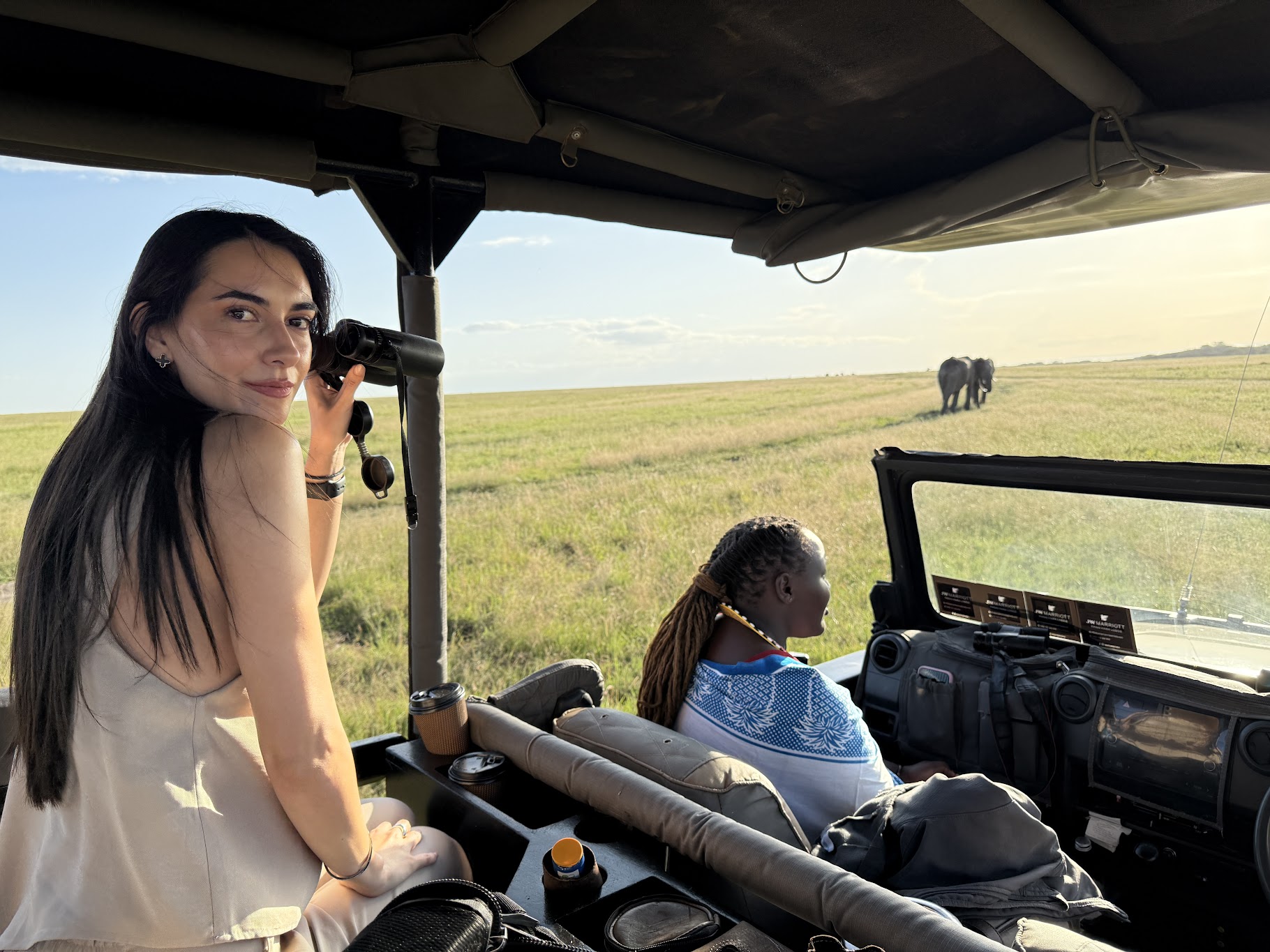
👉 Jump to: Luxury vs Budget | Getting There | All-Included Game Drives | My Safari Highlights & Stories | Hotel & Resort Review | What It Cost | Bottomline Review | New Masai Mara Safari Camp | Podcast Interview
I took a 5-day all-inclusive luxury safari in Kenya, and the resort’s only charge on my credit card was $25 for a camera rental.
My safari was truly “all-inclusive,” including:
- 10 safari game drives in an open-air safari vehicle (6 drives ended up being private to just me and my partner Clara)
- 5 nights in a massive 1,000+ square foot luxury tent, featuring a massive deck and a jacuzzi overlooking a river in the middle of the savannah
- Unlimited food and drinks
- Everything else we needed (even laundry)
Highlights and lowlights of my safari included:
- Watching a lion pride feast on a zebra right in front of the hotel’s entrance
- Confronting a rather angry momma hippo
- Gagging on the smell of another hippo’s rotting carcass
- Spotting 7 different cheetahs (almost a third of the reserve’s population)
- Watching two cheetahs meet & socialize (video below)
- Finally getting to see a wild rhino
- A baboon leaving me a, ummm “present,” on my jacuzzi
- Seeing a massive pride of 13 lions on my last morning
Now, grab a cup of coffee and read on as I take you along every moment of my memorable stay at the JW Marriott Masai Mara in Kenya.
After you’re done reading, watch my hour-long interview on YouTube for more (including lots of animal videos).
And, yes, it was an incredible deal. But it wasn’t exactly “free.” I paid for the safari with Marriott Bonvoy points (a lot of them), and I also incurred some other costs outside of the hotel.
At the end of the post, I’ll sum up exactly how much it all cost and explain how you could book the same trip. I’ll also preview another luxury Marriott safari that just opened up, that you might consider instead.
Affiliate Disclosure: My stay was entirely self-funded and the hotel had no idea I was reviewing it. This site is an affiliate of Marriott. If you choose to book via the affiliate links on this page (like this one), we earn a small commission. See our Advertising Policy. Thank you for supporting us!
A Quick Note: Luxury is Nice on a Safari, But It’s Not Necessary

I felt almost embarrassed by how luxurious our safari experience felt.
So, before I start, I want to make clear that it’s entirely possible to do a Masai Mara safari on a much smaller budget.
In fact, my first visit to the Masai Mara only cost me about $350. While that was several years ago, you can still find budget Masai Mara safaris for around that price today.
That budget safari was one of my most memorable experiences in my year-long trip around the world. Sure, I did have to cram into a tight safari van, sleep in a tent outside the park, eat basic food, and deal with a lot of extra driving.
But the animals don’t care how much you’re paying. And really, that’s what you are there for, right?
With that said, my luxury safari was a different experience entirely. It felt more like an adventure and a vacation wrapped into one.
Staying within the reserve is so much more convenient and means more time for animal experiences. It was also much more comfortable in so many small but meaningful ways, as I’ll explain in detail throughout this post.
But, bottom line, having done both a bare-bones budget safari and a 5-star luxury Masai Mara safari, I would say it’s worth it to book whatever safari you can afford.
Now, back to my recent safari experience…
Just Getting to the Safari Camp Was An Adventure
As with most safari adventures in Kenya, our journey began in Nairobi.
We flew into Jomo Kenyatta International Airport, then spent a night at Emara Ole-Sereni, situated on the edge of the city.

Our room had a terrace with views over Nairobi National Park, where it’s actually possible to do a mini-safari without leaving Nairobi at all. We skipped that on this trip since we were headed to the far bigger Masai Mara National Reserve, but if we squinted, we could just make out the outlines of a few game animals in the distance.
Though I normally recommend the Westlands area for staying in Nairobi, this time I selected the Emara Ole-Sereni because it was only a few minutes from Nairobi’s other airport, Wilson Airport. This small airstrip is where most flights to the Masai Mara National Reserve depart.

On my last safari in the Mara, I took a shuttle to the reserve, which is a much cheaper transfer option. But the 4-5 hour journey quickly eats up most of the day. And apart from a stop for a viewpoint of the Great Rift Valley, it was not particularly scenic in my opinion.
This time I wanted to maximize our time at the lodge, so we selected the first flights out (and the last back) via the Kenyan air provider Safarilink.
Most of Safarilink’s fleet consists of tiny 12-passenger Cessna Caravan C208Bs.
Clara was a bit nervous about motion sickness on such a small propeller plane, but in the end, our flight was no more bumpy than most commercial flights.

There were a few unique points about the flight, though.
First, luggage limits are tight. We left one suitcase at Wilson in the care of Safarilink, and pre-purchased additional kilograms to cover what we planned to bring.
But, despite this, our boarding was still interrupted because my large suitcase was a hardshell. Safarilink apparently requires “soft” luggage – I guess because things need to get squishy to fit in the belly of those Cessnas.
Thankfully their ground staff had a solution: they sold me a $35 soft safari bag. At first I thought “no way that’ll fit everything from my bag,” but an employee assured me it would – and, sure enough, it somehow did! In fact, in the months since, I’ve come to love the bag and wish I could buy another! But, anyway, I digress…
Another difference from a normal flight is that you potentially stop at multiple airstrips throughout the reserve to let off (and on) passengers.
Our stop at Keekorok Airstrip was the first on our inbound flight. But on the way out we had multiple stops before returning.
I didn’t even mind the multiple stops because the views from the plane were epic. You could even see larger animals right from the plane.
In fact, we spotted three of the “Big 5” game animals before we even stepped foot on Mara soil!
Upon landing at Keekorok airstrip, we were greeted by our driver, who had prepared a spread of snacks and champagne to celebrate the start of our adventure.


The safari began before we even arrived at the camp, as we passed closely by several large elephants on the drive to the JW.

The Coolest All-Inclusive Feature Ever: Safari Game Drives
The JW Marriott Masai Mara is truly all-inclusive – and I’m not just talking about food and drinks (though there was plenty of each, more on that later).
The most unique inclusion – and what really sets this apart as a Bonvoy redemption – is the twice-daily safari game drives.

Game drive vehicles are meant to be shared between parties, with an option to upgrade to a private vehicle for $450 USD per day.
Despite not choosing to upgrade, we still ended up with a private vehicle for 6 out of our 10 game drives.
For the other 4 drives, we were paired with a lovely Chilean retiree couple. I presume the staff paired us because we all primarily spoke Spanish (thanks to Clara’s tutelage, I actually speak more in Spanish than in English these days).
We actually really enjoyed the social aspect of those shared game drives. There is a fair bit of drive time on game drives, so chatting was a nice activity to fill the void.
The Chileans were a remarkable couple on a months-long stint driving through Africa. I was impressed that they drove to the reserve in their own car from Nairobi, and enjoyed hearing about their adventures on the several other safaris they had recently completed around the continent.
The standard schedule for game drives is one in the morning around sunrise, and another in the late afternoon terminating at sunset.

The animals are most active during these cooler hours, plus this also aligns with the “golden hour” for photography.
Note that, unlike neighboring Tanzania, Kenya bans night game drives to enable park rangers to better police poaching.
The park rangers were very active during our stay. Multiple times we saw them policing the rules that require safari vehicles to stay on the road, and to avoid disturbing the animals.
Our daily schedule (aka “On safari, everyone has to be a morning person”)


We went on every single game drive we could, following the standard schedule because we found it suited us well.
We’d wake up at the crack of dawn around 5:45 am, layer up to withstand the chilly morning air, and stroll to the main lodge.
There, the restaurant staff would quickly prepare us a box of light breakfast pastries (I loved the mini-muffins) and coffee in to-go tumblers.


There was the option of having a full breakfast, which we saw a few guests taking, but we found the to-go options were plenty to hold us over until we returned around 11 am and enjoyed a larger breakfast/brunch.
We’d then usually spend the early afternoons taking a nap, going to the gym, relaxing at the pool, or just watching baboons from our terrace.
Around 4 pm, we’d grab a to-go drink from the bar and head out again for an evening game drive.
We’d return to camp at dusk, grab another drink at the bar or campfire, and enjoy dinner. By 9 pm or so, we were usually wiped and more than ready to pass out in bed and do it all over again.

While we chose to follow the standard schedule, that wasn’t because we had to! The staff were quite flexible in accommodating requests from guests to mix it up.
Some guests skipped game drives to linger and enjoy more relaxing time at the resort.
Others went for single full-day-long game drives to maximize time with the animals and get to explore the further ends of the reserve. For these guests, the staff would prepare “bush meals,” which they’d eat out in the open savannah.
Personally, I found the standard schedule to be a nice middle ground. We had plenty of time with the animals across our ten drives, but also time to rest up in between drives.
Never once were we bored.
Our safari vehicles were legit

The JW Marriott Masai Mara operates a fleet of about a dozen safari vehicles. The ones I saw were all modified Toyota Land Cruisers. Depending on the model, they fit either 4 or 6 passengers in the back.
The coolest thing about the JW’s vehicles is that they are open to the air on the sides. There were roll-down rain coverings on the roof, which we never needed to use as the weather was dry and sunny during our June stay.
The heavily-padded throne-style seats are perched quite a bit higher than the sides of the vehicle, which means you feel very exposed to the open savannah.

On our first game drive, this proved to be a bit of an – ummm – adjustment for me. My budget Masai Mara safari years earlier was in an entirely closed vehicle.
On our first game drive, I wasn’t mentally prepared for the feeling of sitting mere meters from a pack of lions.
When one lioness stared directly at us, I freaked out a little bit (ok – more than a little) and asked the driver to back away. 🤦


I’m not proud of the way I acted, but I would also say it’s a natural instinct when there is nothing separating you from a predator except open air!
I eventually came to realize the animals perceive the vehicles as a single unit, which they view neither as predator nor prey. As long as you are inside the vehicle, you are quite safe.
The animals are also very well accustomed to the vehicles’ presence. For the most part, they didn’t even seem to notice us there.
We did, however, experience one notable exception.
When touring the hippo pond in front of the camp, we came around a bend and seemed to have surprised a mother tending to its calf away from the herd.
The momma hippo stood up out of the water, got aggressive, opened its mouth, and snarled at us loudly.
It was a tense minute or so, but our driver handled it super professionally.

He very slowly backed away, positioned us in case a quicker escape was necessary, and waited for the hippo to eventually relax and re-enter the pond.
Anyway, more about the animals in a minute, but first let me finish the tour of our chariot.
Before each drive, JW Marriott staff prepare the vehicles with a variety of amenities.
First, the vehicles came with fancy Vortex Viper binoculars (which retail for almost $500).


Flannel blankets were laid on each seat, and very helpful during the chilly dawn and dusk hours. Drink holders were available to fit the tumblers from the bar. There was also a mini-fridge in the back where you could store additional drinks or food.

We were also provided sunscreen, tissues, sanitizer, and toilet paper (in a leather case).

What was the protocol for using the restroom in the bush?
Well, we’d just asked our driver Kool to “change the oil” and he would find a safe place for a pit stop. Once we stopped at one of the airstrips, which had very basic outhouse facilities, but at least had running water.
I was told the vehicles were reduced emissions, but I couldn’t find specifics on that. I will say — I can’t recall seeing any kind of exhaust during the entire five days. We did run into one other tour operator from Spain who had an all-electric fleet, so hopefully that’ll become standard in the Masai Mara reserve over time.
Apart from that, the vehicles were darn near perfect in my mind. Even our longest game drives felt comfortable, and the range of vision from the chairs was just incredible.
Our guides were real pros

Other guests sometimes changed drivers, but our driver Kool was assigned to us for all 10 game drives.
For our first few drives, we also had a trainee driver who tagged along as a spotter. The JW’s ownership group was preparing to open another camp under the Ritz Carlton brand (more on that later), and so they were staffing up trainees throughout the resort during our stay.

Kool was a real professional, so I could see why he got assigned the trainees.
Kool knew the park like the back of his hand. He handled the aforementioned hippo incident beautifully. And Kool would often spot rarer animals before any of the other drivers.
At one point, we saw a large group of safari vehicles watching some elephants. As we headed that way, Kool perked up and flipped the vehicle around.
I was super confused.
But Kool was onto something.
He had spotted a cheetah lying in the grass.
A cheetah is a much rarer animal than elephants in the Mara, and all those other drivers further up the road had presumably driven right past it!
Thanks to Kool, we got almost 10 minutes alone watching the cheetah before the vehicles from other camps caught on.
Once they did, they swarmed in – and we peaced out.
That was just one of several incidents that made me really appreciate the value of a highly-trained guide. Kenya is known for having some of the most professional guides in all of Africa, and I definitely felt like the JW had some of the best of the best.
In fact, the entire staff of the JW Marriott were what set the experience apart, but more on them later.
No need to buy a fancy camera – all we needed was $25!

The only thing that wasn’t included in our stay was still one of the resort’s coolest amenities.
For only $25 for the entire length of our stay, I rented a Canon EOS R6 Mark II camera with a telephoto lens.
I rented this from the JW’s Canon Photo Studio, a building located near the entrance and staffed by a professional photographer. It came in a nice padded backpack, already set up and ready to shoot.

What was even cooler was that they didn’t just rent us the camera – the staff also took care of downloading our photos after our drives, processing them, and either editing them or helping us edit them at our election. They also provided photography tips, coaching, and support after each drive.

To get our finished photos, they’d just airdrop them to us (a USB stick was also offered).
Holy cow, what a convenient setup!
As someone who works as a content creator professionally, I really wish I had photography support like that everywhere I travel.
And, let me tell you, the telephoto lens really came in handy on our game drives.
Highlights of Our Safari Game Drives

No two safaris are ever the same.
Mother Nature follows no itinerary, so to a large extent, each game drive is like Forrest Gump’s box of chocolates: “You never know what you’re gonna get.”
With that said, the drivers really do make a concerted effort to tailor the experience to each group.
Before heading out on our first drive the first evening, Kool asked us which animals or experiences we wanted to prioritize.

I think most guests probably respond with rarer animals like rhinos or leopards, or with experiences like “seeing a kill.”
But Clara’s quick response — “Giraffes!” — provoked a bit of a chuckle from our guides.
Perhaps the chuckle was one of relief, because Clara’s request would be very easy to fulfill. Giraffes are by far one of the easiest animals to find in the Mara. They are abundant and their height makes them easy to spot from a distance.
And, I kid you not, we drove less than 50 meters from the camp entrance before rounding a bend only to find a gorgeous giraffe enjoying a snack off some trees.
We all kept laughing at the series of events as we stopped and took turns posing for these photos with our new friend, who seemed completely unbothered by our presence just a few meters away.
We were only five minutes into our game drive but, in Clara’s mind, the safari was already a resounding success.
It only got more incredible from there.
We’ll remember this as our “cheetah safari”

Kool spotting that first cheetah among the grass was such a great find not just because of how well it was camouflaged, but because of how rare cheetahs are in the Mara.
There are only about ~20 or so cheetahs in the Masai Mara Reserve at any given time, and the number of resident cheetahs is dropping according to recent conservation reports because there aren’t enough breeding age females.

I talked to multiple guests at the camp who saw all of the “Big 5” but never managed to spot a single cheetah.
But, as luck would have it, we spotted a total of seven different cheetahs during our safari.
We saw one cheetah stalking impalas. It never got close enough to strike, but it was a cool experience to watch nonetheless.
We also witnessed a really cool interaction between two cheetahs. They spotted each other from across the plain and had a bit of a stare down. Then, one cheetah slowly moved in on the other, who was playing coy.
It was so cool watching the cheetahs socialize for over an hour. Hit play on this short video for a quick taste of it:
Our driver indicated it was possible they previously knew each other, but he wasn’t sure. Other guides would later tell us the same cheetahs were spotted together several times in the following days.
We saw a group of lions feast on a zebra 100 meters from the camp’s entrance
One morning we drove maybe 100 meters from the JW’s entrance before stumbling upon a lion pride absolutely going to town on a fresh zebra kill.
It was a pretty brutal scene.

Many visitors seemed to relish the kill scene, and before long, vehicles were swarming from other camps as word spread of a kill in front of the JW.
Maybe it’s the vegetarian in me, but personally, five minutes was more than enough observation for us. We told the driver to continue heading out on our mission to spot a rhino that day.
It was truly wild to think that the kill had gone down so close to our peacefully sleeping bodies just an hour earlier.
I’ll never forget the stench of that hippo carcass
On our first day at the park, a hippo died in a ravine. Over the next few days, this attracted a ton of predators and scavengers feasting on the carcass. This, in turn, attracted safari vehicles.
On our first pass by the carcass, the kill was still fresh. We got to see a lioness playing with some very young and cute cubs nearby.

But two days later we returned, this time with our new friends, the Chileans.
Let me tell you: you do NOT want to see a hippo carcass that has been left rotting for days.
Or, more precisely, you do not want to smell it.
The stench was overpowering.
We all had to hold back from vomiting while our driver sped us out of there, wheels squealing like a bank robbery getaway car.
There are some parts of Mother Nature with which I don’t need to be that in touch.
I done seen about everything, when I saw an elephant… climb
One of the cutest moments of our safari was watching an elephant trying to climb up a steep river bank. It was quite the scene, and even drew the attention of a lazy lioness lying down the river bank from us.
For several minutes we sat there watching it and, for a bit, I honestly thought it wasn’t going to make it up. Shame on me for doubting! (See the clip above for the final ascent)
We managed to spot a rare rhino – the only of the “Big 5” I missed on my previous safari

The famous “Big 5” game animals are the lion, leopard, elephant, rhinoceros, and African buffalo. [Source]
It’s considered something of a safari game to spot all Big 5 (though, really, you’re pretty much guaranteed to see all but the rhino and leopard in the Mara).
On my previous Masai Mara safari, the only one I missed was the rhino.
This time, though, I finally saw a wild rhino!
It was sitting almost a kilometer away up on the grass on a hillside. It was so well hidden that it took several minutes of explaining by Kool before I finally saw it.
The Vortex binoculars really came in handy during this session, as you could barely make out the rhino without them (or the Canon’s viewfinder).
But there was a small problem.
There were only two pairs of binoculars for the entire group, which wasn’t enough for the long session sitting in an otherwise barren area of grass with little else to look at. After that drive I asked if our own pairs could be assigned to us, and the staff kindly obliged.
Anyway, even through binoculars, it was cool to finally see a rhino in the wild.
But we never did find that sneaky leopard

We got so lucky the first two days of our safari.
In our first three game drives, we managed to see all the major animals.
Except one: the leopard.
The leopard is one of the most elusive animals. During the day it mostly hides in the thick bush near water, and it’s extremely well camouflaged.
Those final three days we spent a lot of time “leopard spotting.” That meant hours upon hours driving around creeks and slowly scanning the foliage. Our best bet, Kool said, was to hope we’d see one hanging out in a “sausage tree” (so named because of the elongated kigelia fruits that hang off the branches).
Leopard spotting was by far the least engaging activity we did on safari. No one else in the entire reserve reported spotting a leopard during those days.
In contrast to the abundance of those first two days, leopard spotting started to feel like a chore.
On our last drive, we told Kool we wanted to give up.
A safari should be more than a checklist.
And if the leopard didn’t want to show itself, then that was copacetic with us.
On our last morning, the Mara rewarded us with a pride of 13 lions!

Giving up on the leopard search proved fruitful because in the last hour of our last drive, we encountered an incredible pride of 13 lionesses huddled in a small area.
It was such a majestic site, and such a wonderful way to tie off our safari.

After spending some time with the pride, it was time for our final drive back to camp.
Our driver’s hand casually played with the tall grass grazing the side of our vehicle as we passed a bend; the morning light glistening across the savannah.
In that exact moment, I was overwhelmed with a strange mixture of emotions. It was part gratitude for the privilege of the experience, part sadness that it was all about to end, and part awe of the grandeur of nature.
I guess “bittersweet” is the closest word I know of, but it still doesn’t quite capture it.
Oh Right, This is a Hotel Review. Let’s Talk About The JW Marriott Masai Mara. It’s Stunning.
Yes, I’m aware that I’m now 3,000 words into a hotel review and I’ve barely mentioned the actual hotel itself.
I hope you’ll forgive me for that, given the circumstances. It didn’t feel right to lead with talk of pillows and pools when there were literal lions killing zebras in front of the hotel!
But, never fear, stick around as I take you on a tour of our room, the camp, and – of course – the included food and drink!
The camp is not fenced (and, yep, animals do enter)

The JW Marriott Masai Mara is situated inside Kenya’s Masai Mara National Reserve, near the Talek Gate.
I don’t know why, but for some reason I expected the camp would be fenced in, but it’s not.
The Talek River provides a natural barrier on one side, with the main camp in the middle and the 21 tented rooms strung in a line alongside the interior track of a river bend in each direction.

On the other side of the river is a large hippo pond (one evening, while dining under the stars, we saw several come down to the river).
The riverfront has been fortified with a wall of rocks, after the camp was flooded in 2024 (all the guests were fine, and at least in public reports, had positive things to say about how the staff acted).

Creative positioning of buildings helps protect the camp’s other side, but it is open.
The camp has cameras to help spot any approaching large animals, as well as Masai warriors who escort guests to and from their tents.
Animals can and do get into the camp on occasion. We heard stories of elephants entering near tent 1, we saw a family of mongooses (err … “mongeese”?), and we witnessed baboons entering the camp on multiple occasions.

One baboon even used the restroom and left us a little keepsake in front of our jacuzzi!
Perhaps the freakiest experience we had was hearing hyenas loudly cackle across the river in the middle of the night.
You really feel like you’re “in” nature, even when you’re in your room. Speaking of…
Is it a room? Or a tent?

We were assigned to Tent 19, which is one of the furthest away from the main camp.
Though they call the rooms “tents,” there are only two canvas walls in the main room. The rest of the structure is traditionally built, resembling more of a villa.
I wouldn’t even call it “glamping” because, apart from a lack of air conditioning or a television, there was hardly anything about our room that was different from what you might find at a JW Marriott in Thailand or Mexico or any other destination.
Either way, our room was luxurious
I spend over 100 nights a year in Marriott properties. JW Marriott is my favorite Marriott brand, so I’ve stayed in many.
I can confidently say that the JW Masai Mara has some of my favorite rooms among all JWs I’ve seen – and that would be true even if you completely ignore its unique location.
First off, the room was massive, clocking in at 100 square meters (1,076 square feet).
Just the bathroom area alone was bigger than many hotel rooms I’ve stayed in.
All the room’s details were at or above the JW’s already-high standards, including:
- Luxurious furniture (the couch was so comfy that I fell asleep on it one afternoon!)
- A high quality mattress (with a heating pad and gorgeous mosquito netting, though we never saw a single bug in the room)
- A comfortable desk
- Shockingly-fast WiFi
- A fully-stocked minibar with generous portions of drinks and snacks
- Indoor and outdoor shower areas
- Two large, gorgeous vanities
- A massive dressing area, with a separate door to the jacuzzi deck
- Two spacious wardrobes
- A well-designed luggage storage area behind the bed
A particular highlight for me was the fully-stocked minibar. There were large glass canisters filled with snacks, and I fell in love with the double-chocolate cookies.
I asked the staff if they could double-up on the chocolate cookies, as well as our favorite soda (Coke Zero). When we returned to the room, our minibar was overflowing with both. I also later witnessed bar staff replacing the vials of whiskey and gin with different alcohol at a guest’s request.
The resort also offers free pressing service, and complimentary laundry.
Supposedly there is a limit of 5 pieces per person per day, which I’ve seen other reviewers complain about. But we went well over that and I never saw a charge. And the quality of laundry was great, too.
Really, the service all around was amazing.
Side Note: How do they keep it so clean in the middle of the bush?
Longtime readers know I am unusually particular about hotel cleanliness. I’ve been traveling for a decade – y’all, I’ve seen some weird, creepy (and sometimes crawly) stuff. I inspect every inch of every room I stay in. Under the bed, the bottomside of surfaces, crevices of drawers, you name – I will literally shine a light to all of it before I will sleep in a room.
But our room was spotlessly clean.
I didn’t find a single issue, which is something I can rarely say.
It’s really incredible that they manage to maintain the JW brand’s standards to such a high level out in the bush!
The deck was my favorite part of the room

My favorite part of our safari room was the massive deck.
Though you aren’t that far from the neighboring tents, the landscaping is done in a way where it feels like it’s just you, the river, and Mother Nature.
During the day, we spent hours out on the deck watching birds, baboons, and monkeys. Clara loved reading and doing yoga (mats were provided in the room).
At night, it was incredible to just listen to the sounds of nature.

There is also a jacuzzi, which is a wonderful idea in theory, though it was a little imperfect in practice. The thing is — it takes hours to heat up, so you have to request that of the staff well in advance. And the first two times we asked for it it didn’t actually heat at all.
That said, I did manage to get it hot one evening, and enjoyed a wonderful jacuzzi soak and a beer under the stars.
One restaurant to rule them all

Ok, this is an all-inclusive hotel, so we gotta talk about the food.
I’d read some reviews that complained about the fact the resort only has a single restaurant. But, y’all, there’s only 21 tents – how many kitchens do you really expect?
Plus, the one restaurant is incredibly versatile.

Even as vegetarians, we were never bored with the offerings. For each meal, there was a set rotating menu. One night might feature Italian, another Kenyan cuisine, etc. But there was also the opportunity to order off the menu, which we often did as well.

Clara’s favorite was the Indian menu. The restaurant’s head chef was Indian (one of the only non-Kenyans on staff). If you like Indian food, you’re in for a treat.
The service was great, too. Before we even sat down for our first meal, our waiter knew our name and our dietary restrictions (we’re vegetarians). Everyone was attentive and friendly. Really, everything was great.
Note that you can also order room service. We never did, but I ordered pasta and a smoothie to the pool one day, and it was great.
Victor the barman was the most popular guy at the resort
Next to the restaurant is a massive covered bar/lounge area, with a campfire area out front under a tree.

The head barman Victor was a popular guy. Jovial and high energy, he would playfully call out everyone’s favorite drink order as they walked by.
“Tusker or Coke Zero?” he’d ask every afternoon as I saddled up to the bar before our afternoon game drives.
Often, my answer was “both please.”
Victor would patiently pour my beer into a to-go cup, waiting for the foam to level off, before sending us off for our adventure.
When we’d return and sit down for dinner, within minutes, bam, there was Victor stopping by our table to chat and take our drink order. That man was a machine.
The bar did offer a number of premium drinks for a surcharge. The Japanese whiskey caught my eye one night, until I was told the price (per bottle), and quickly decided I’d make do with the well.
Clara quite literally drank the bar out of its stock of Aperol, so we had to switch to wine for our last few drives.

As with most all-inclusives, the bar was the most social area of the resort in the evenings. While Americans were the most common nationality I met, the resort draws an international crowd of super interesting people. It was fun swapping stories of our game drives.
Around dusk, one staff member would even organize a pre-dinner group discussion around the campfire, which was also interesting.
Oh, and for non-drinkers, fear not. We met several and they were all kept happy with a variety of juices, coffees, teas, and smoothies. Whatever your liquid, you’ll find it there.
I actually went to the gym

You do not get a lot of steps in on a safari, and you eat and drink a lot, so I told myself beforehand that I would actually go to the gym.
I’m proud to say I actually held to that. Though, I didn’t see a single other guest make use of the facilities during my stay.
The gym is small and open-air, but it has the basics. I especially loved the wooden-trimmed free weights, which gave the weight area a very African vibe.
The pool is small but refreshing in the afternoon

Though small and lacking in views like the decks, the pool serves its purpose.
The afternoons can get a little hot in the Mara. With no A/C in the rooms, it’s nice to have the option of a pool to cool down. And the pool was very cool (probably because at night it gets downright cold).

I only swam one day, but I had the pool entirely to myself and enjoyed relaxing and ordering room service to my comfy lounger.
The staff are the best part of the JW Marriott Masai Mara

Service is important in a safari. When you’re out in the middle of the bush, you’re really dependent upon the hotel staff for literally everything from your food to your safety.
I can honestly say that the JW Marriott Masai Mara has some of the most attentive and friendly staff of any hotel I’ve ever stayed at – and I’ve stayed in hundreds of hotels around the world.
A big reason for this is the nearly 3-to-1 staff-to-guest ratio.
I was also told that 85% of the employed staff were local Masai, which was nice to hear.
The generous staffing allows the staff time to really interact with guests. Everyone knew our names, remembered details from our last conversation, and just generally treated us like absolute royalty.
Out of my top five favorite hotels globally for service quality, this would be the only non-Thai hotel on the list.
That’s even more remarkable when you consider that I paid with Bonvoy points. Even as an Ambassador elite, sometimes I’ve felt like hotels treat “points guests” differently than “cash guests.” Not the case at all at the JW Masai Mara!
So, How Much Did My Safari Stay Cost?
In total, for 5 nights at the JW Marriott Masai Mara, I paid 600,000 Bonvoy points.
Booking for 5 nights is definitely the sweet spot for points redemptions, because you can take advantage of Marriott’s “5th Night Free” promotion, where you only pay 4 nights but stay 5.
With that said, you probably can’t get those same rates now. I booked more than a year in advance. And it seems rates have since risen, as the cheapest available redemptions I’m finding now in fall 2025 are for around 864,000 points for 5 nights.
Although the points redemption was really “all-inclusive” of everything except the $25 camera rental, the trip still wasn’t exactly “free.”
Actually, it wasn’t even cheap, as I still had a lot of other cash costs.
In addition to Bonvoy points, and not counting flights to Nairobi, my Masai Mara trip cost:
- $25 for the camera rental – Incredibly, this was the only additional cost charged by the actual hotel. And not once until checkout did anyone say a word about money!
- $1,200 USD in Masai Mara Reserve park fees – I paid $100 per person for 6 days (the 6th day was because we did a game drive on our last morning). Note that for 2025, fees rise to $200 per person per day during the high season from July 1 – December 31. These fees go to support the conservation efforts of the reserve, so I consider them money well spent.
- $900 USD in tips – No staff member asked for tips, not even once. And I actually struggled to find information on how much was appropriate. I also didn’t bring nearly enough cash, and the nearest ATM is a drive away in the nearby town. So I bank transferred $400 to my driver, and gave out about $250 in cash tips to various staff individually on our last morning. For the rest, the resort let me put on my card for the general staff tip box. You could also specify individual names if you wished.
- $970 for Safarilink roundtrip flights from Nairobi Wilson Airport – Again, you could save by taking ground transportation, but it’ll cut into your time in the park quite a bit. For me, the flights are the way to go.
GRAND TOTAL COST (5 nights / 2 people): 600,000 Marriott Bonvoy points + $3,095 USD
Certainly not cheap, but did I get a good deal?
I think so.
Looking at Marriott’s website for this hotel, the absolute cheapest cash price I can find for 5 nights for 2 people anytime in the next year is $2,625 per night or $13,126 total:

Many dates cost almost double that, but let’s just go with the cheapest rate for our calculations.
$13,126 USD for 600,000 points gives me a redemption value of about 2.2 cents per Bonvoy point.
That’s pretty fantastic for Marriott points, which I would normally value at well less than a penny per point.
Even at currently available rates of 864,000 points for 5 days, you’re still looking at ~1.5+ cents in redemption value.
And, again, it could easily be double that if booking during peak periods.
Overall, I think I got a stellar deal. In fact, I would call this my single greatest redemption of all time.
It’s so good, in fact, that I’ve personally decided to conserve all my Bonvoy points going forward so that I can save up and go back to the Masai Mara.
The only question I have is whether I’ll go back to the JW or try to spring for the newly-built Ritz Carlton. More on that in a minute, but first…
My Bottomline Review of the JW Marriott Masai Mara

So, overall, how did I like the JW Marriott Masai Mara?
The JW Marriott Masai Mara was easily the single most memorable hotel stay of my entire life.
The game drives were the standout feature, but every aspect of our stay was nearly perfect. The room was incredible, the food delicious, the staff some of the best in the world, and the location unbeatable.
5 out of 5 stars. No question. I will remember this trip for the rest of my life.
What about cons? Are there things that can be improved?
Look, I always find something to complain about at hotels. But I honestly struggle to think of areas for improvement.
Every tiny complaint I did have (like the lack of “private” binoculars) was nearly instantly remedied. The jacuzzi I guess was the closest to imperfect part of the stay, but even still, I’ll never forget the one night I did enjoy it under the stars.
I guess if I had to stretch and think of something, I’d suggest more organized social interaction among the guests. This was something that was suggested to me by another guest on our shared drive back to the airstrip, who felt that more things like the campfire chats might be appreciated by some guests. Then again, I know many guests (most were couples) value privacy and intimacy in this setting, so I get that the property has a fine line to walk.
Overall, I felt my stay was well worth the price I paid in points. And, if I was the kind of person who had that kind of money, I would also find it well worth the cash rates they charge. I think rates as low as $1,300 per person per day are a good deal when you consider it is inclusive of game drives, food, drink, and laundry.
Can It Be Topped? The Ritz Carlton Will Try!

The same ownership group behind the JW Marriott Masai Mara just opened another camp: The Ritz Carlton Masai Mara Safari Camp.
Located in a different part of the Masai Mara, near the Tanzania border, the Ritz Carlton promises an even more luxurious safari experience.
Also, and I haven’t confirmed this, I’ve heard rumors that guests on game drives will be able to stop and use the restaurant and facilities at the other resort. That would be welcome news for those on longer game drives at both properties!
How much will the Ritz Carlton safari cost?
The cheapest cash rates I’m currently seeing (again, for 5 nights, 2 people) are about $4,250 per day. And, for points, I can see a few slots available at a total cost of 1,153,500 Bonvoy points.
That’s a pretty steep increase over the JW Marriott’s cheapest rates ($2,625 or 864,000 Bonvoy points, for comparison). I will say that, if you do the math, the redemption value works out to 1.8+ cents/point, so technically a better “value” than the JW.
But, honestly, I’m not quite sure how they’ll top the JW Marriott enough to justify the price increase.
From talking to staff and other guests, I gather the main upgrades at the Ritz will be private infinity pools and private game drives for everyone. Presumably, the soft product will be upgraded as well.
But, again, we already had 6 out of our 10 game drives effectively private at the JW (and we enjoyed the social aspect of the other 4). So, I think for most travelers, the JW Marriott probably still represents a better value point.
But I guess there’s only one way I can tell for sure.
What do you think?
Should I try to scrape together enough points for the Ritz Carlton on my next safari?
Or go with the tried-and-tested JW Marriott?
Let me know in the comments.
***
If You Enjoyed This Article, Can We Ask You A Favor?
Writing reviews like this takes a lot of work. Just this single article took me nearly 4 days to put together.
If you’re booking any Marriott properties, consider supporting our website by using our Marriott affiliate link, which earns this site a small commission.
Or, if you prefer another brand or platform, consider using any of our affiliate partners to book your next hotel, tour, rental car, or trip.
It really helps us keep producing more content like this!
Thank you!
More Latest PERSPECTIVES


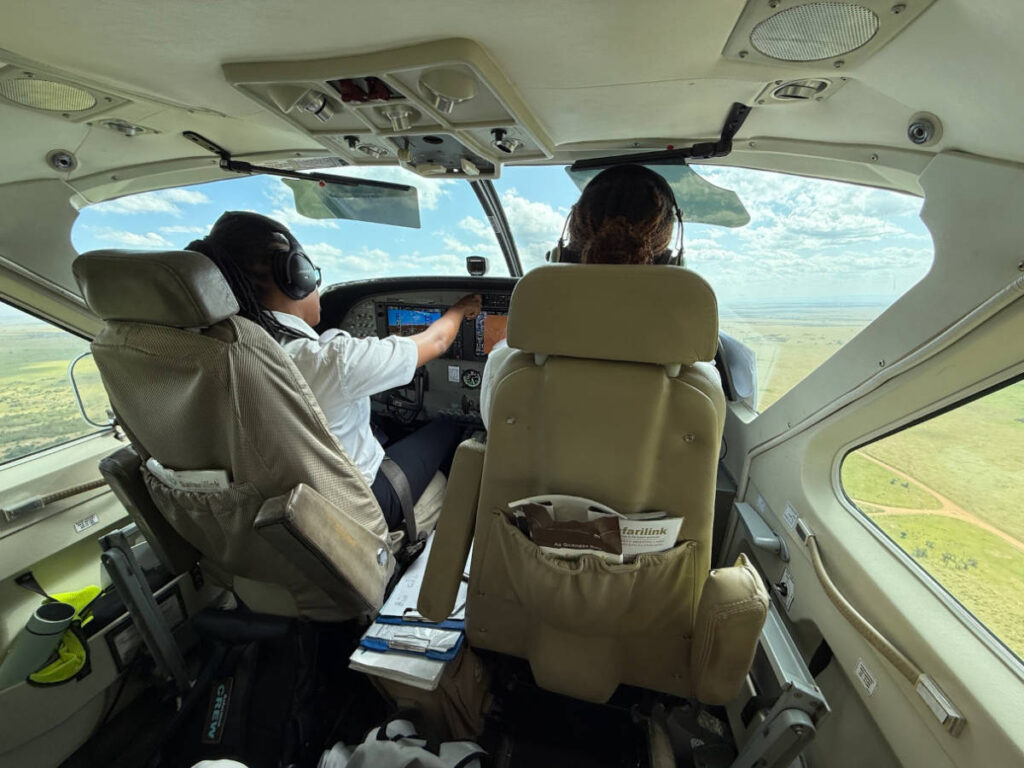

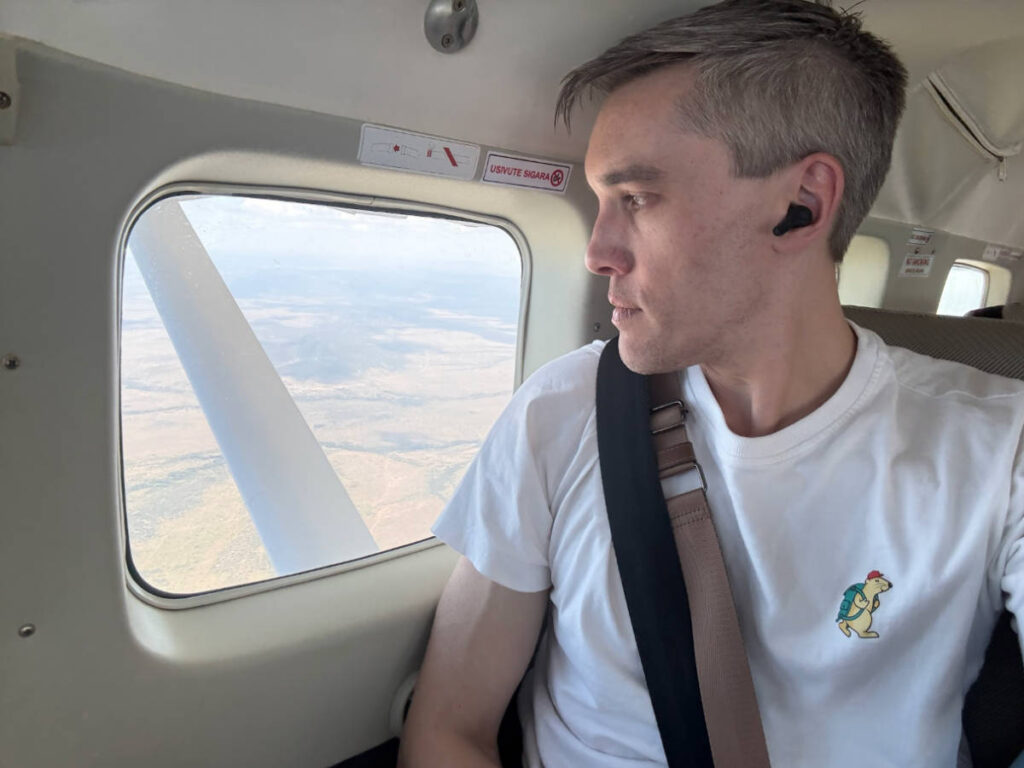

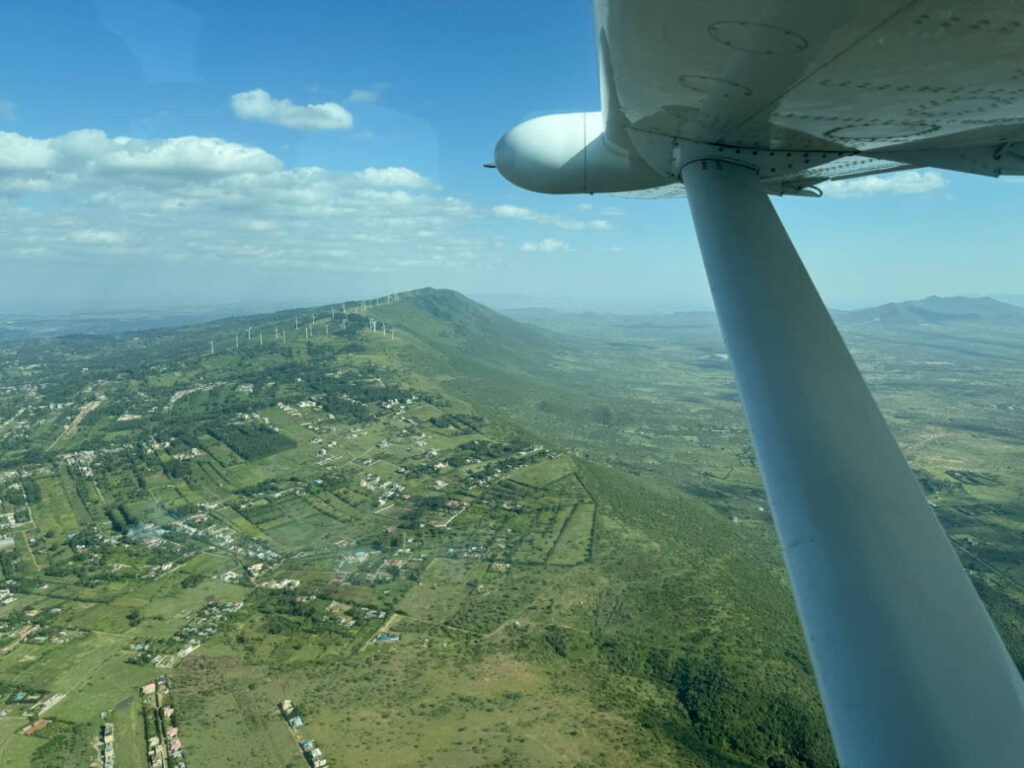
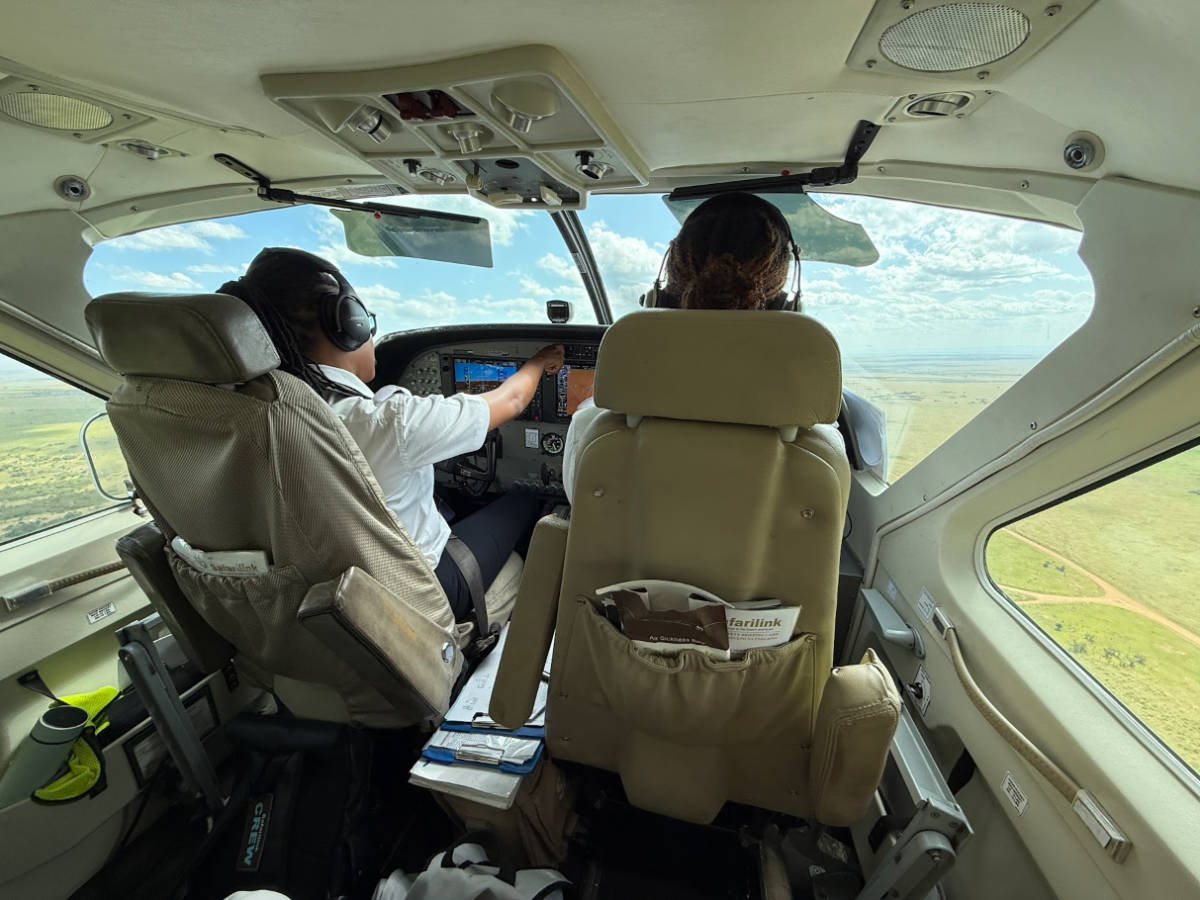

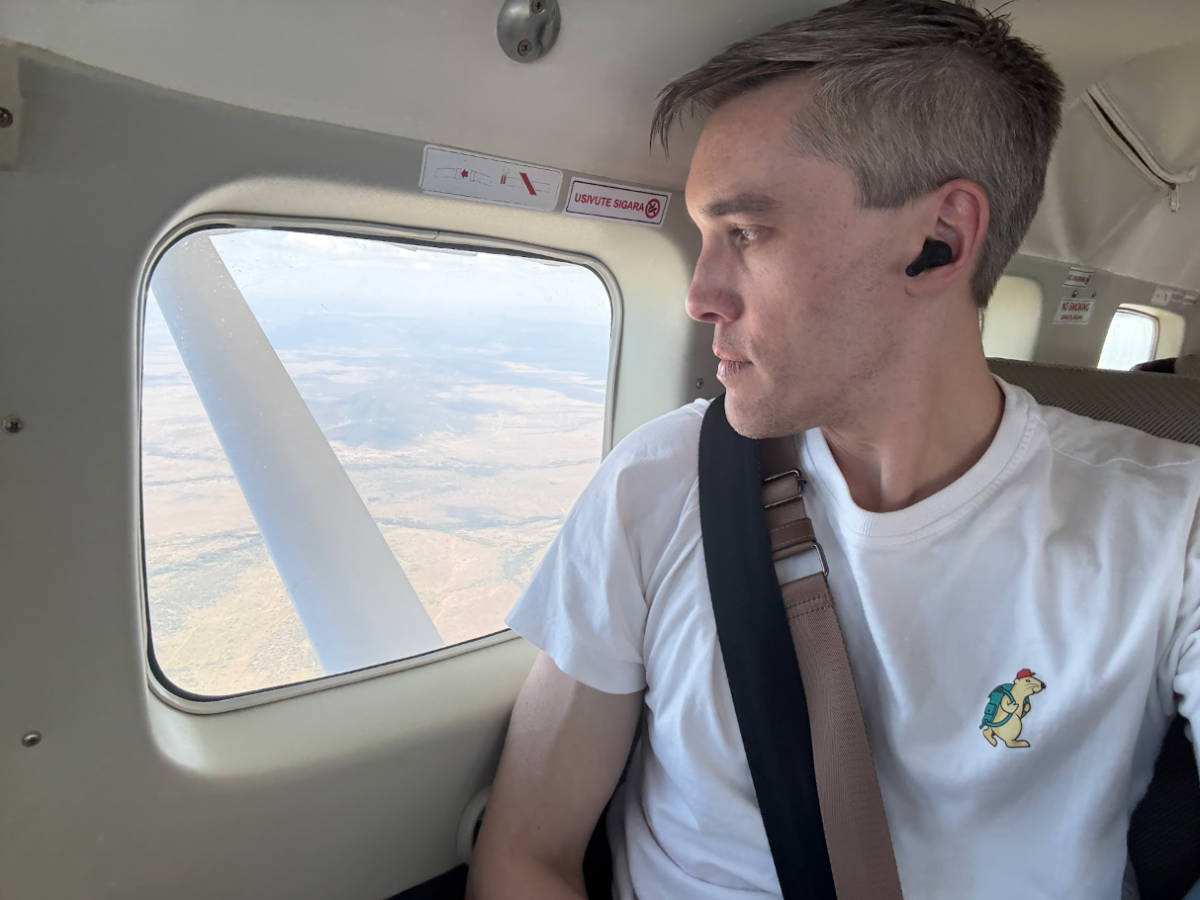
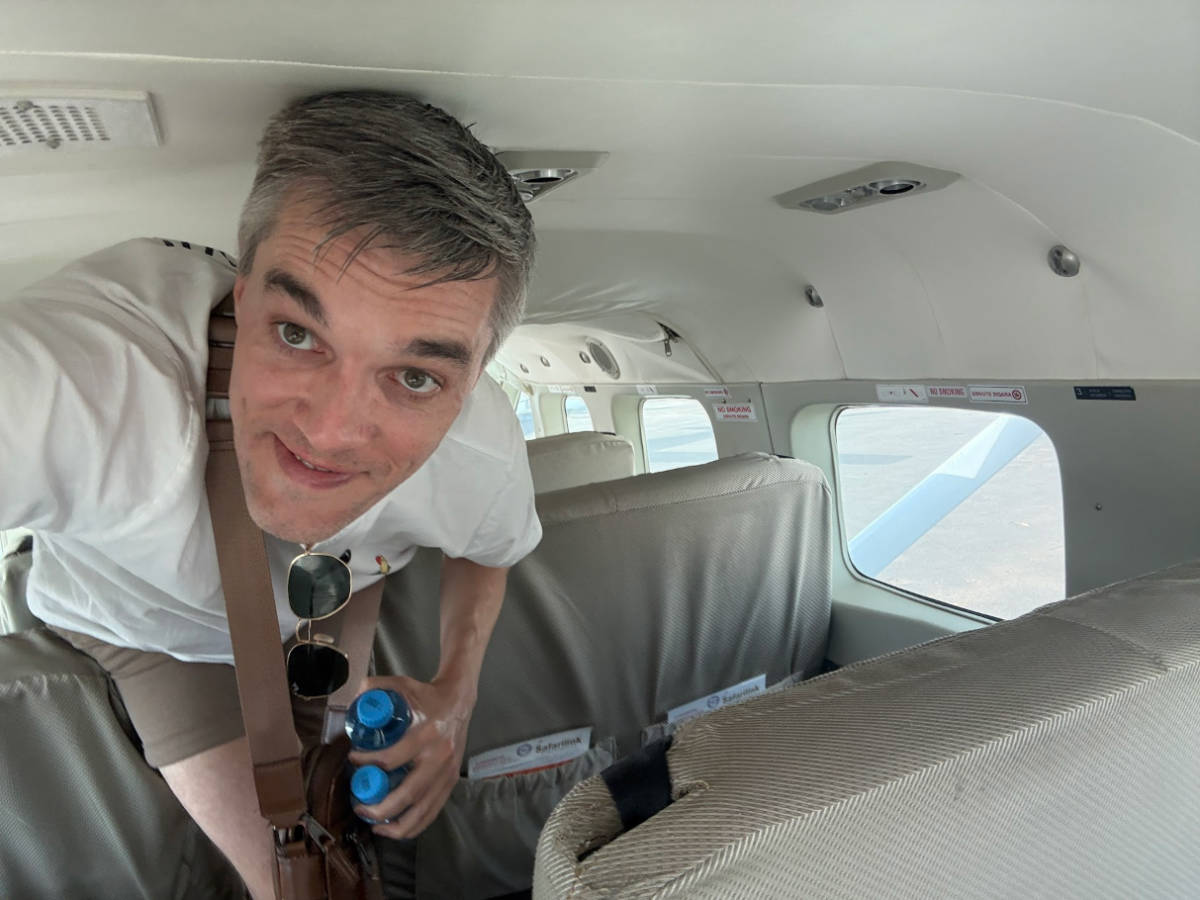

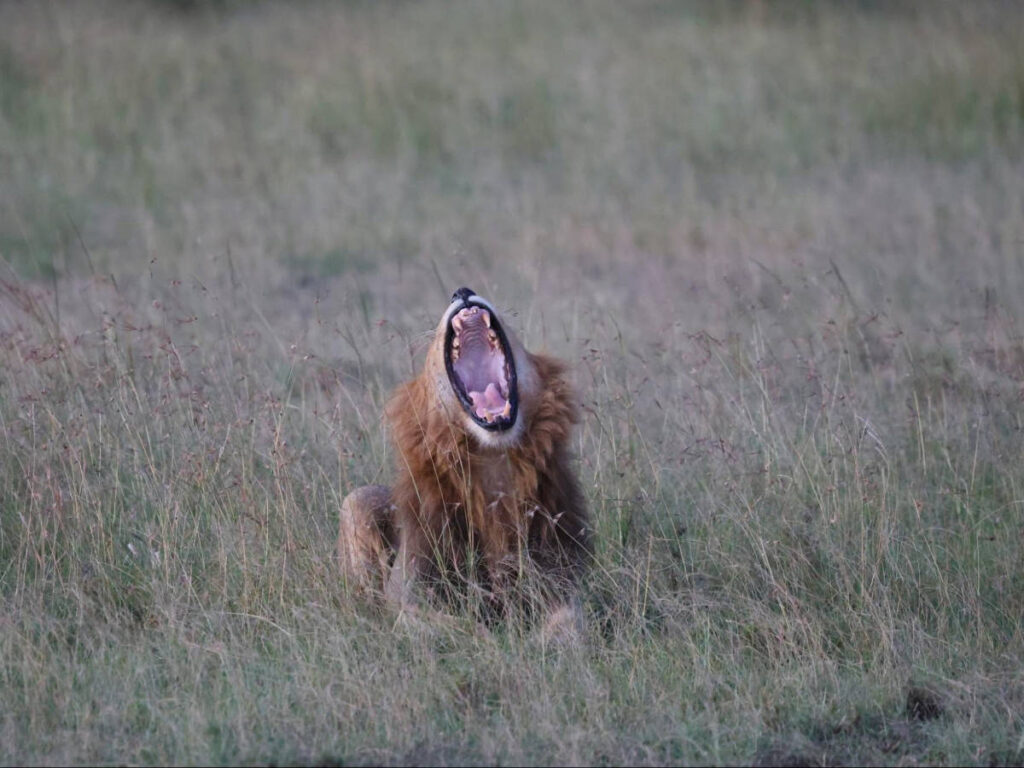
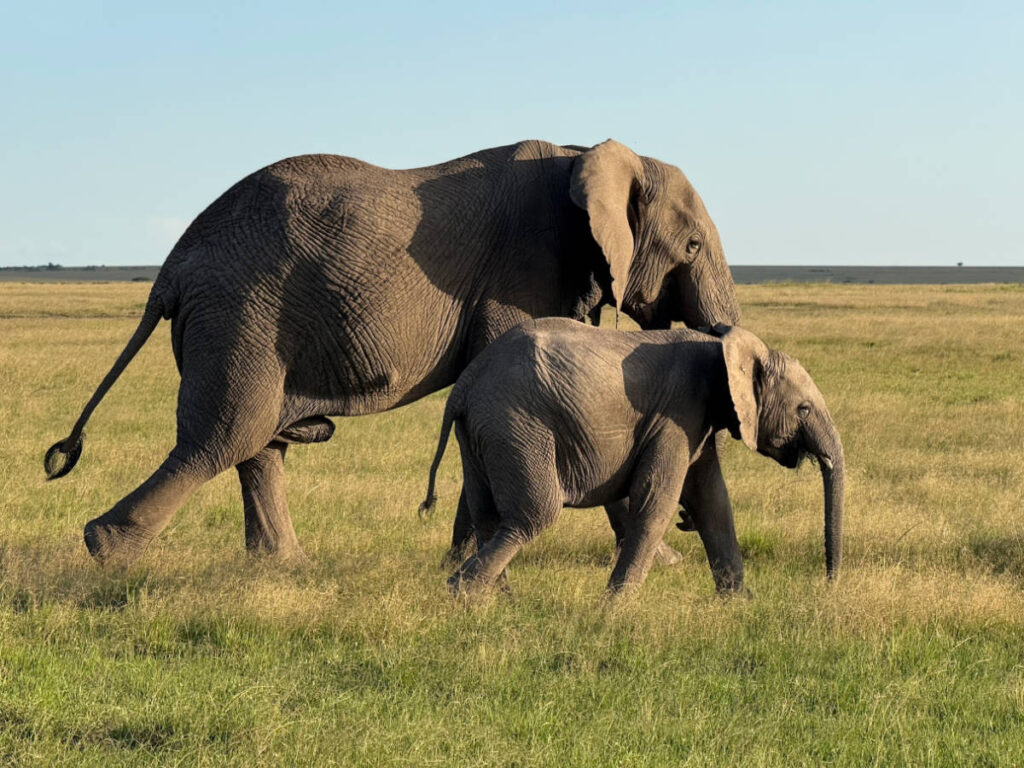

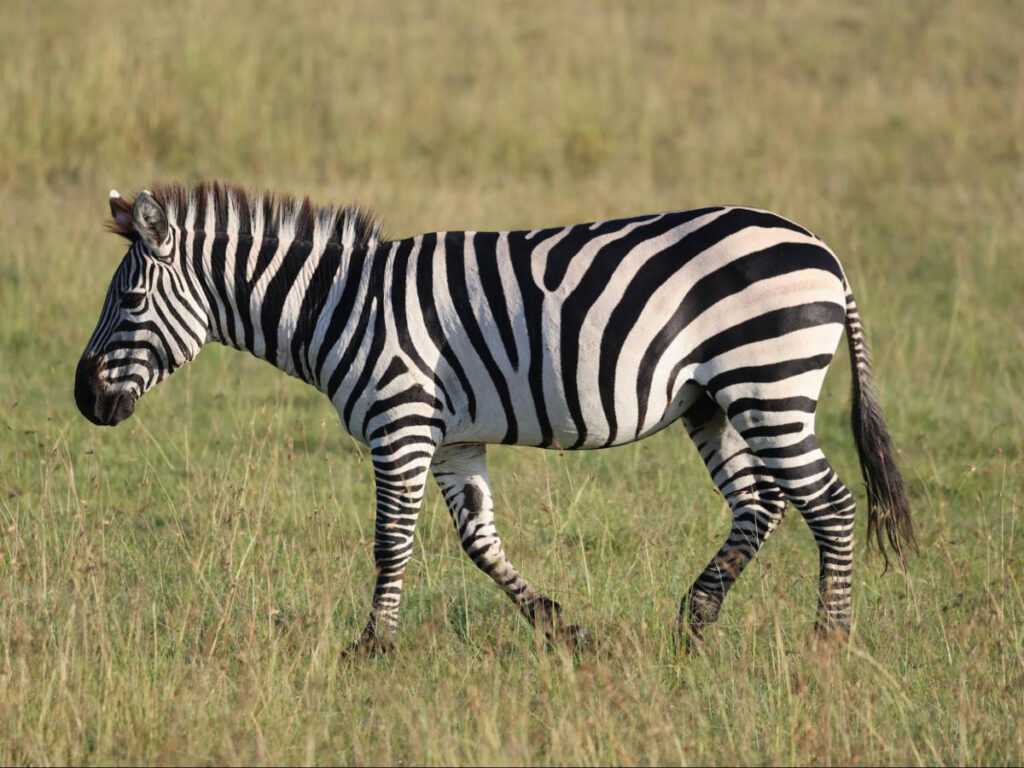


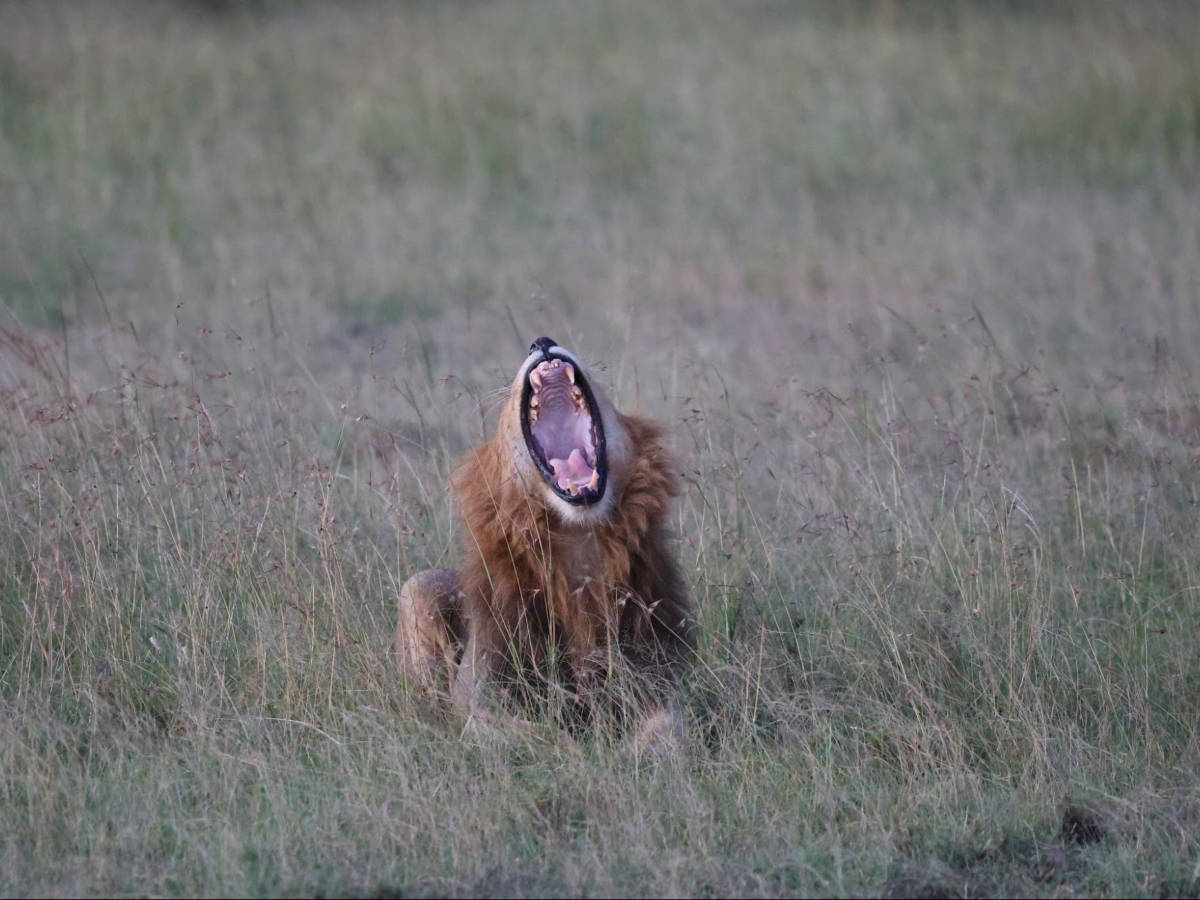
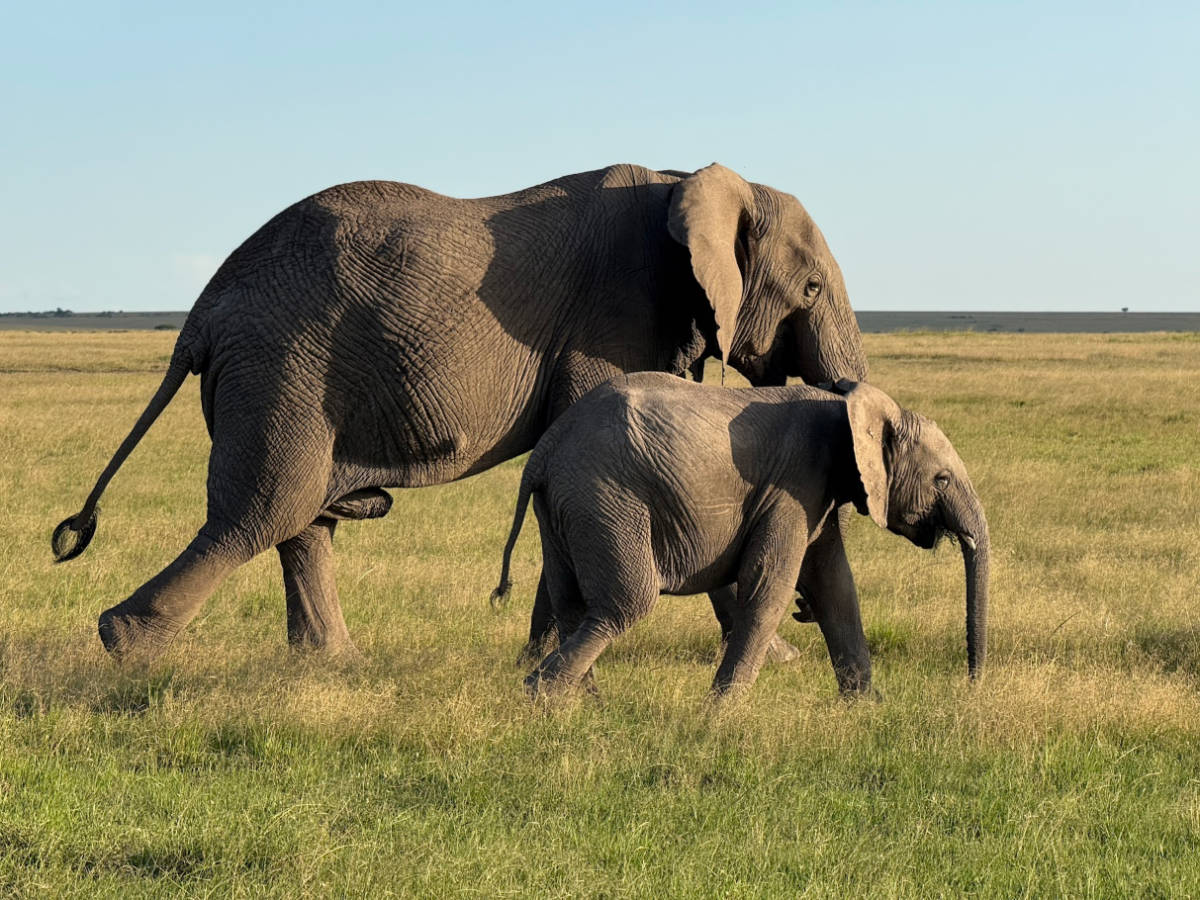
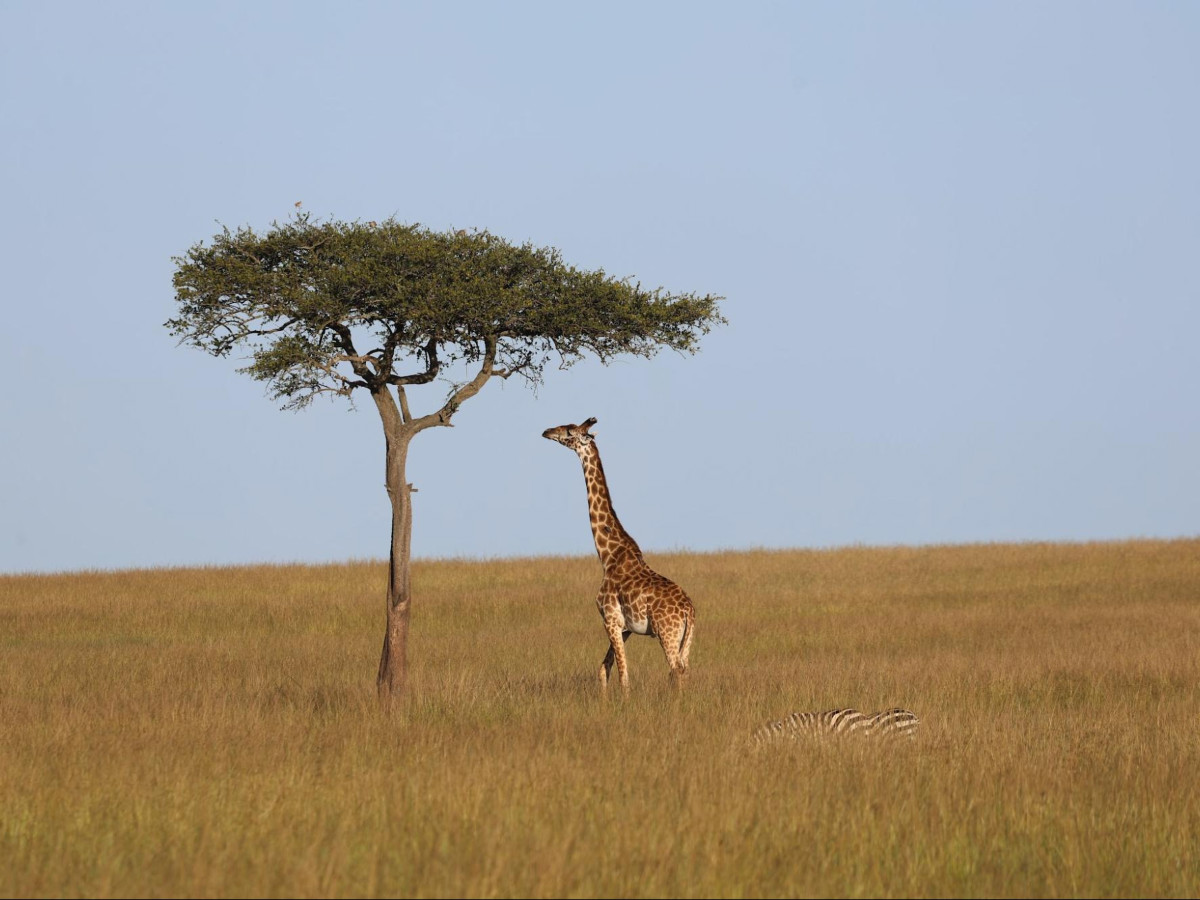


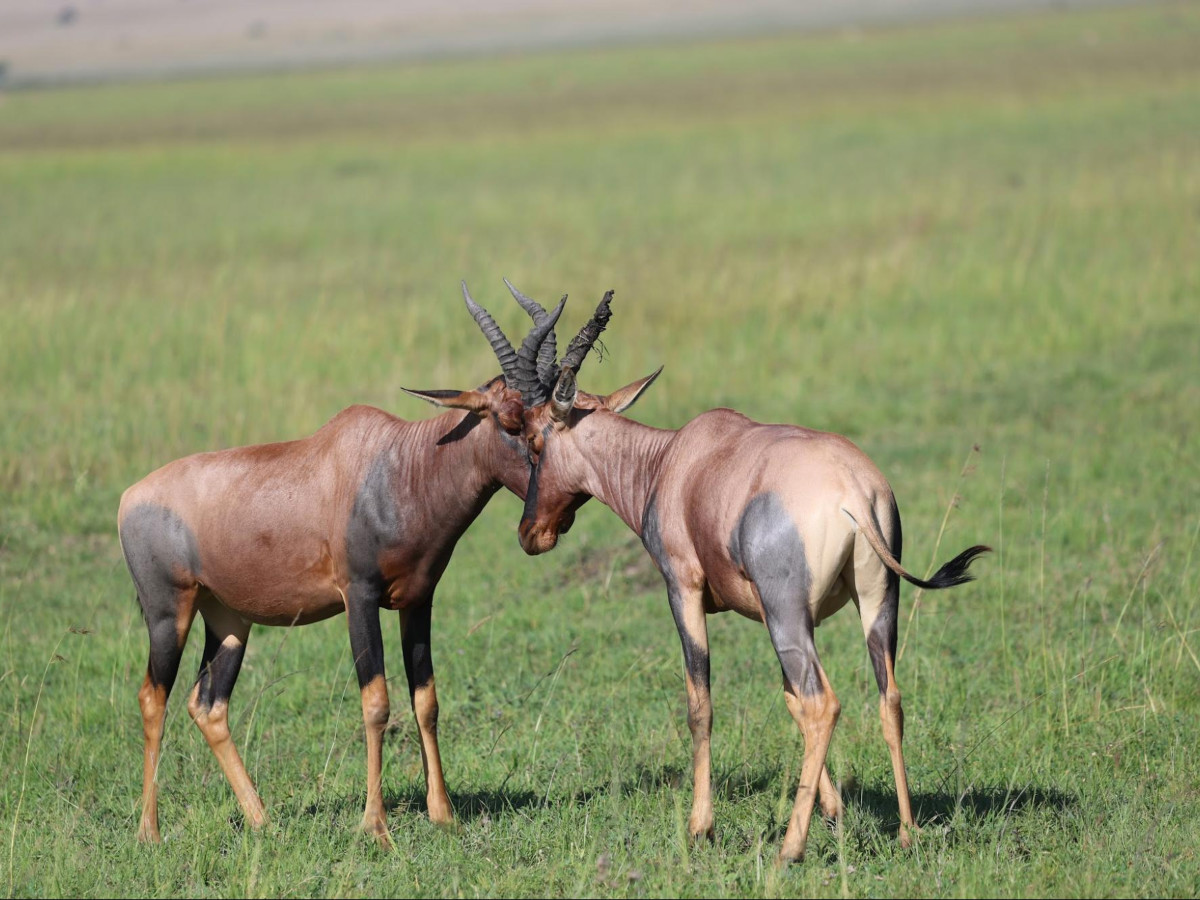
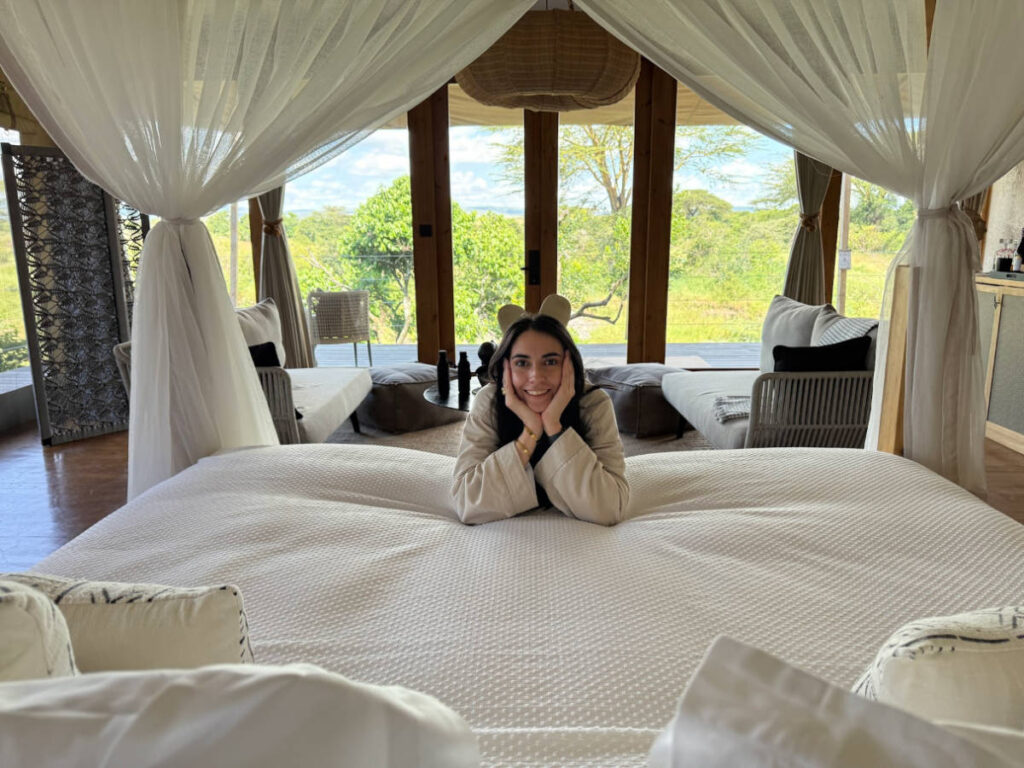


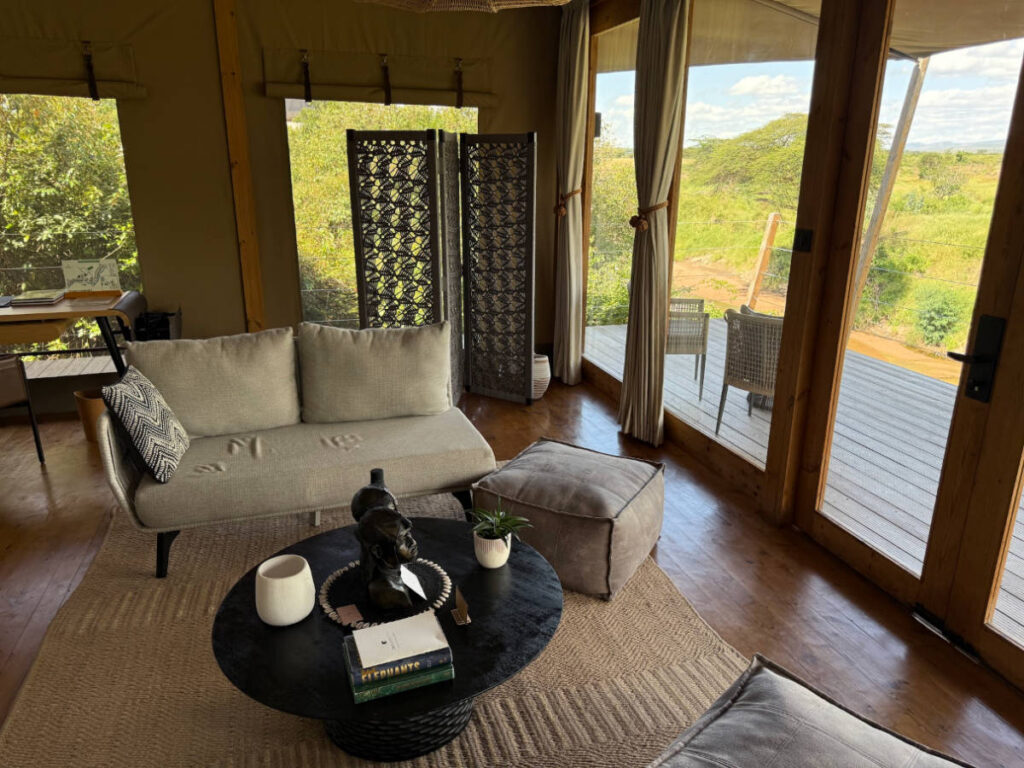


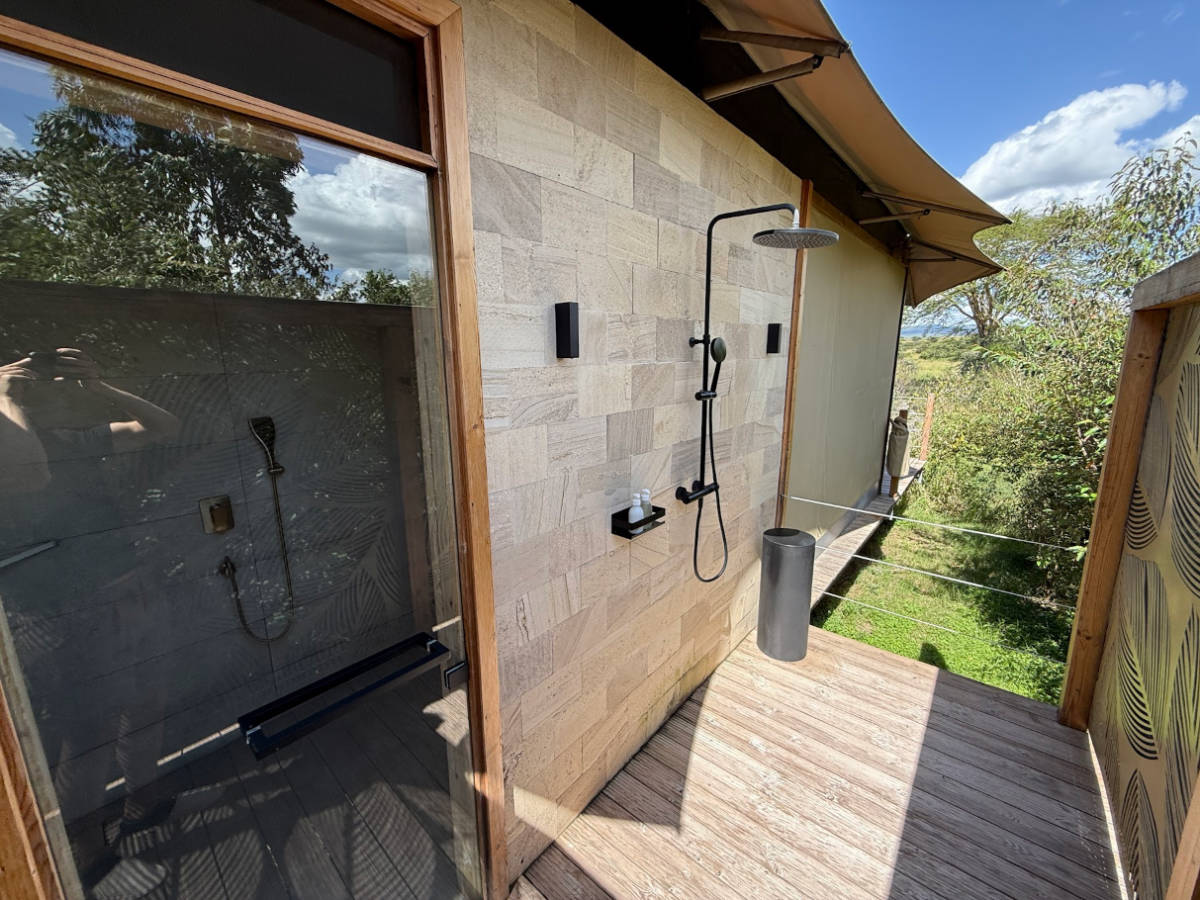
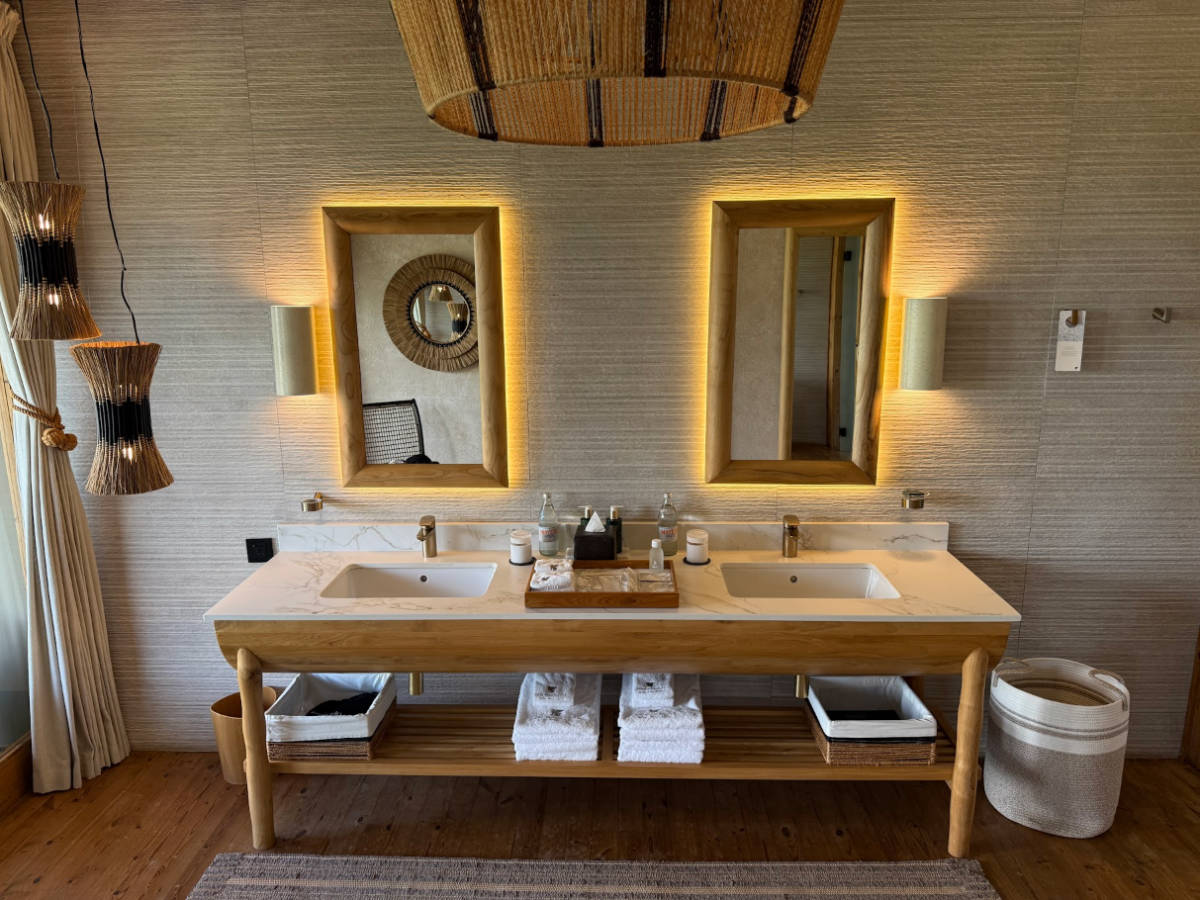
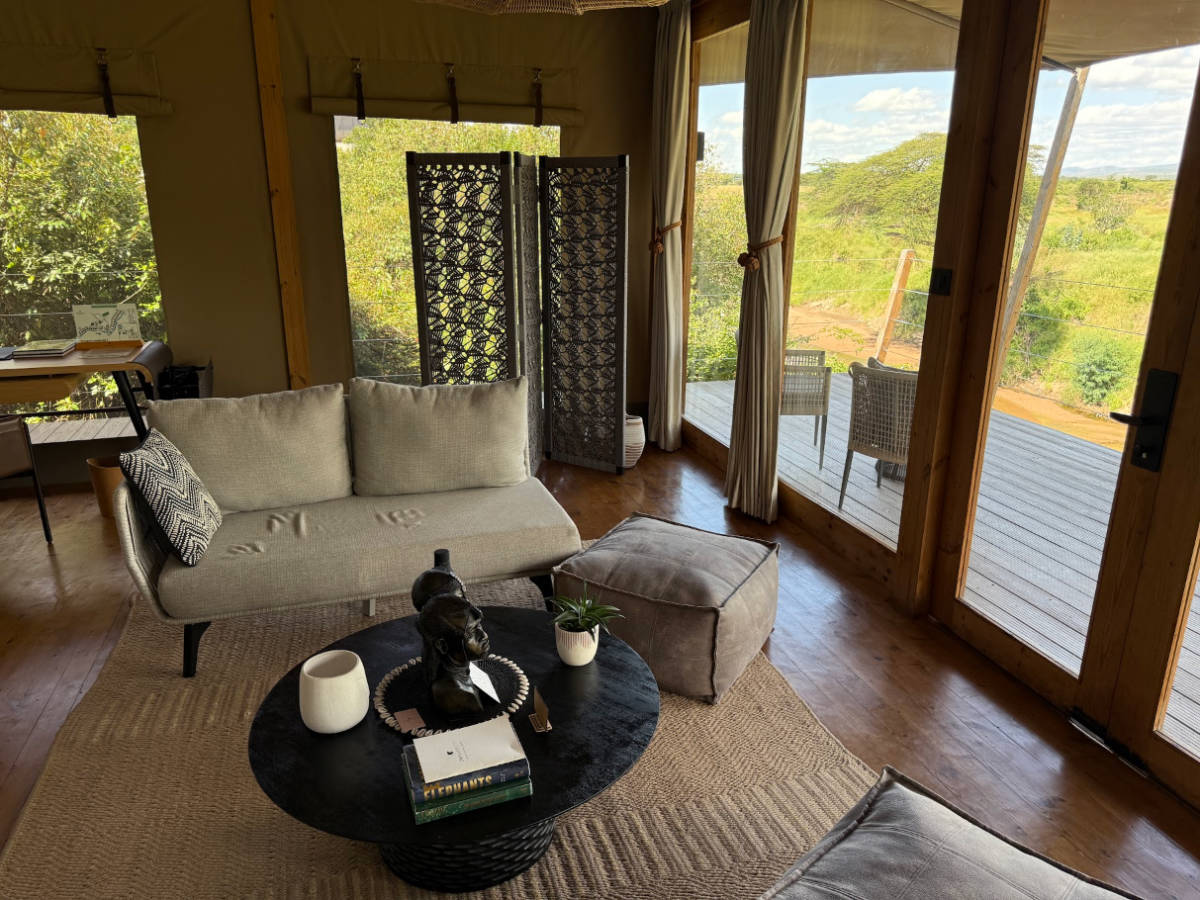
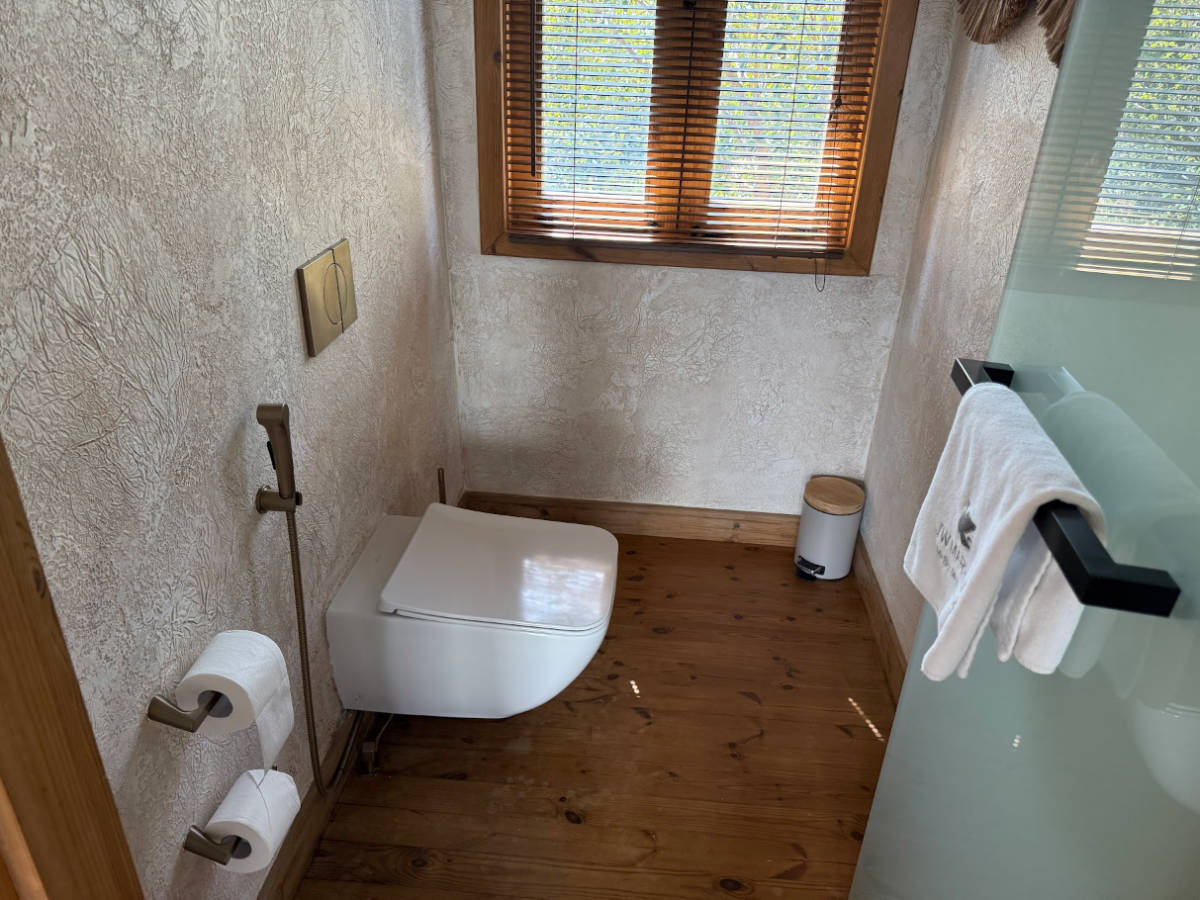
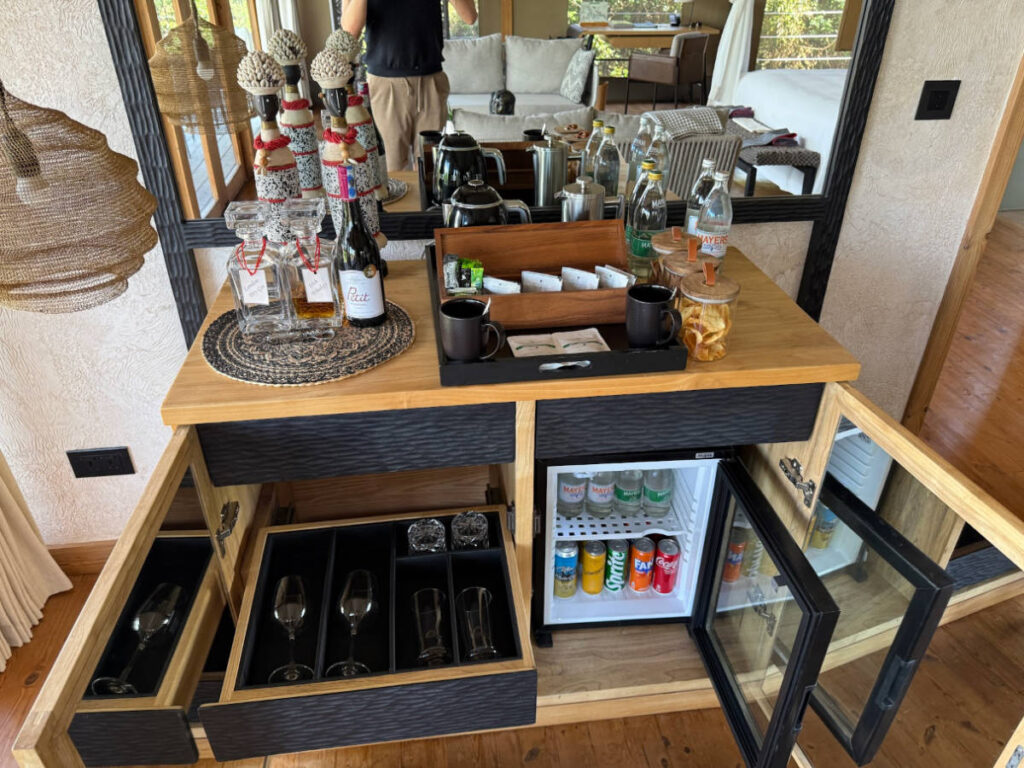



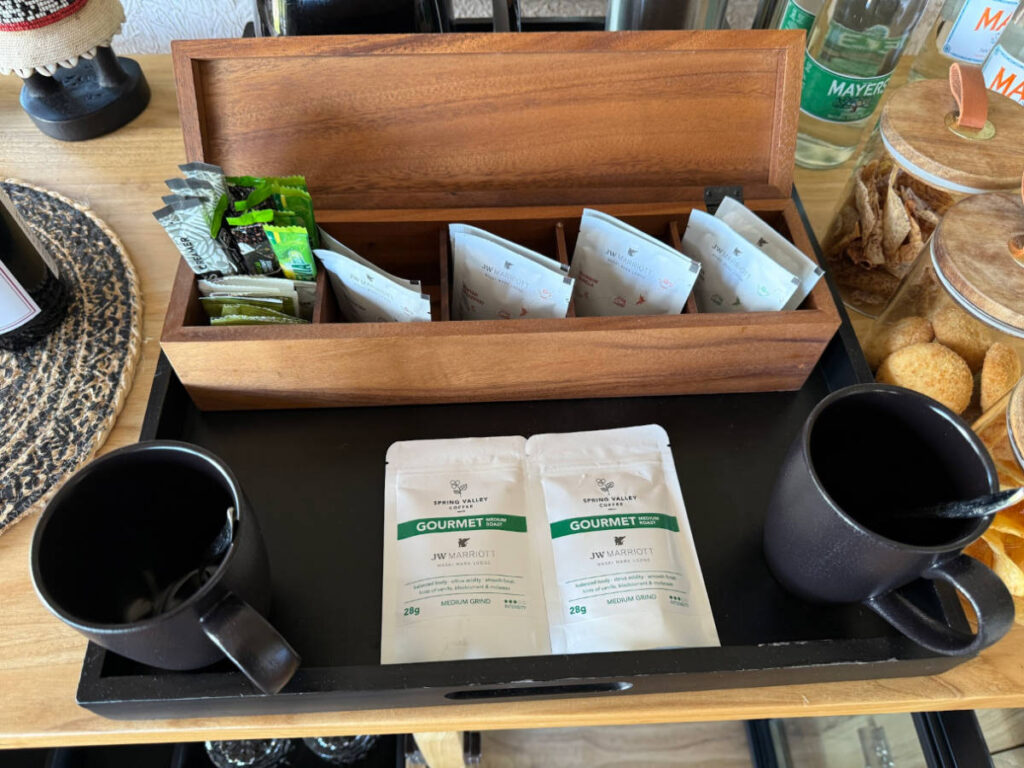

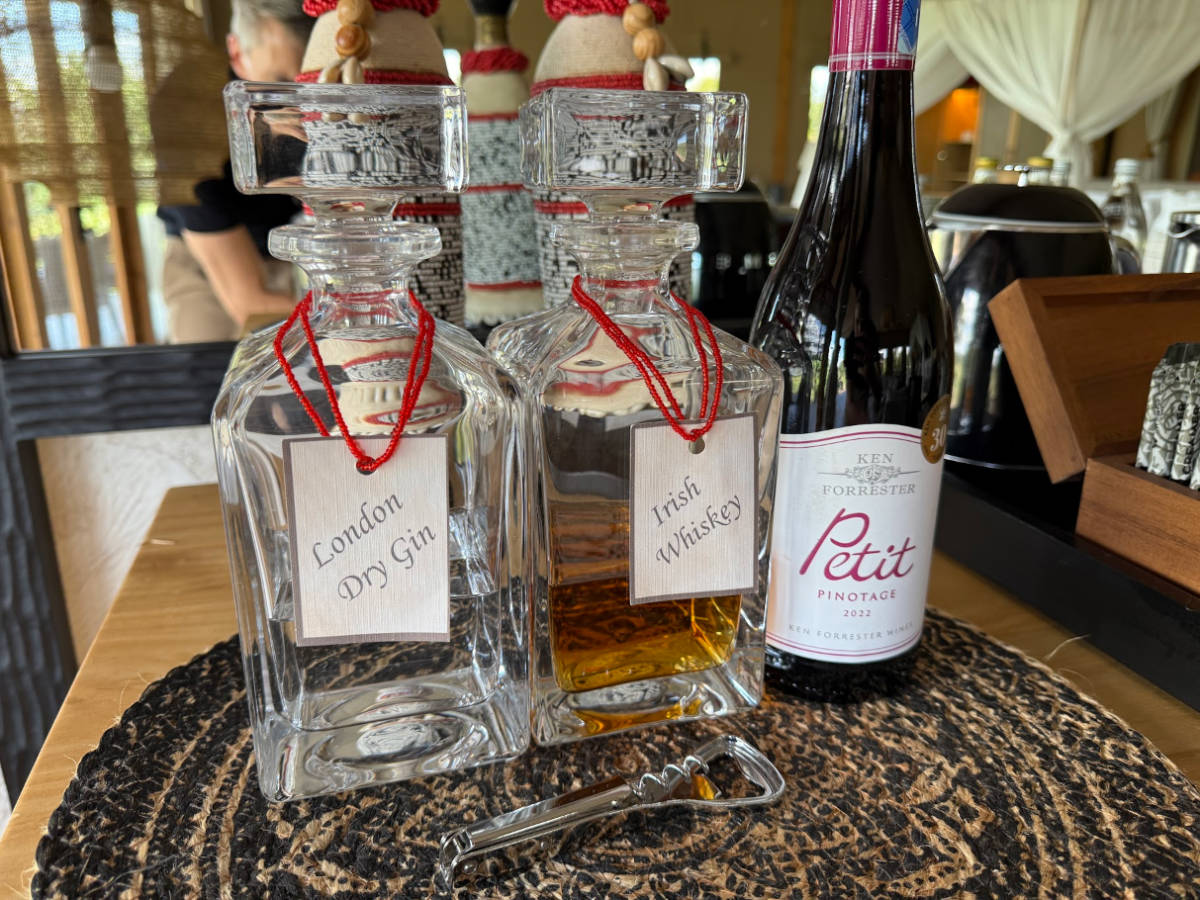
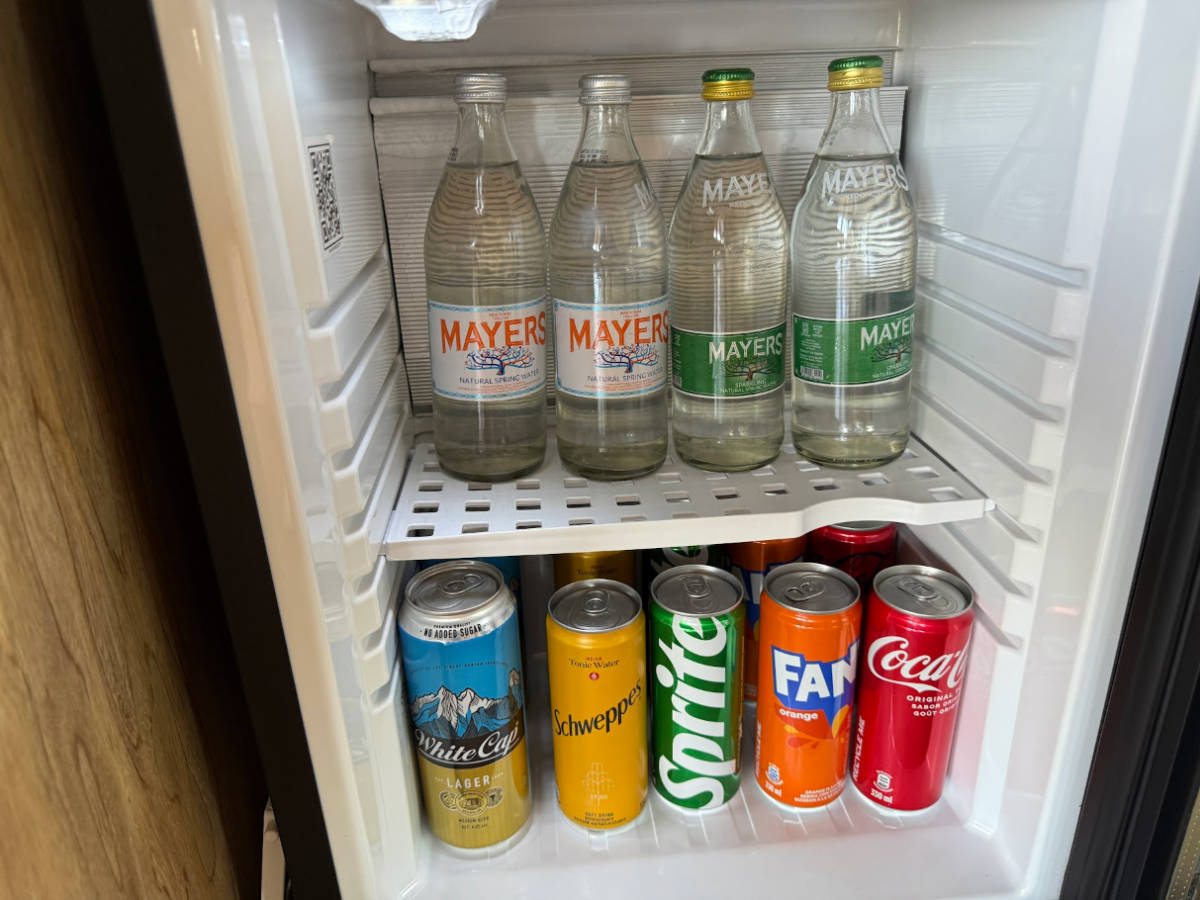
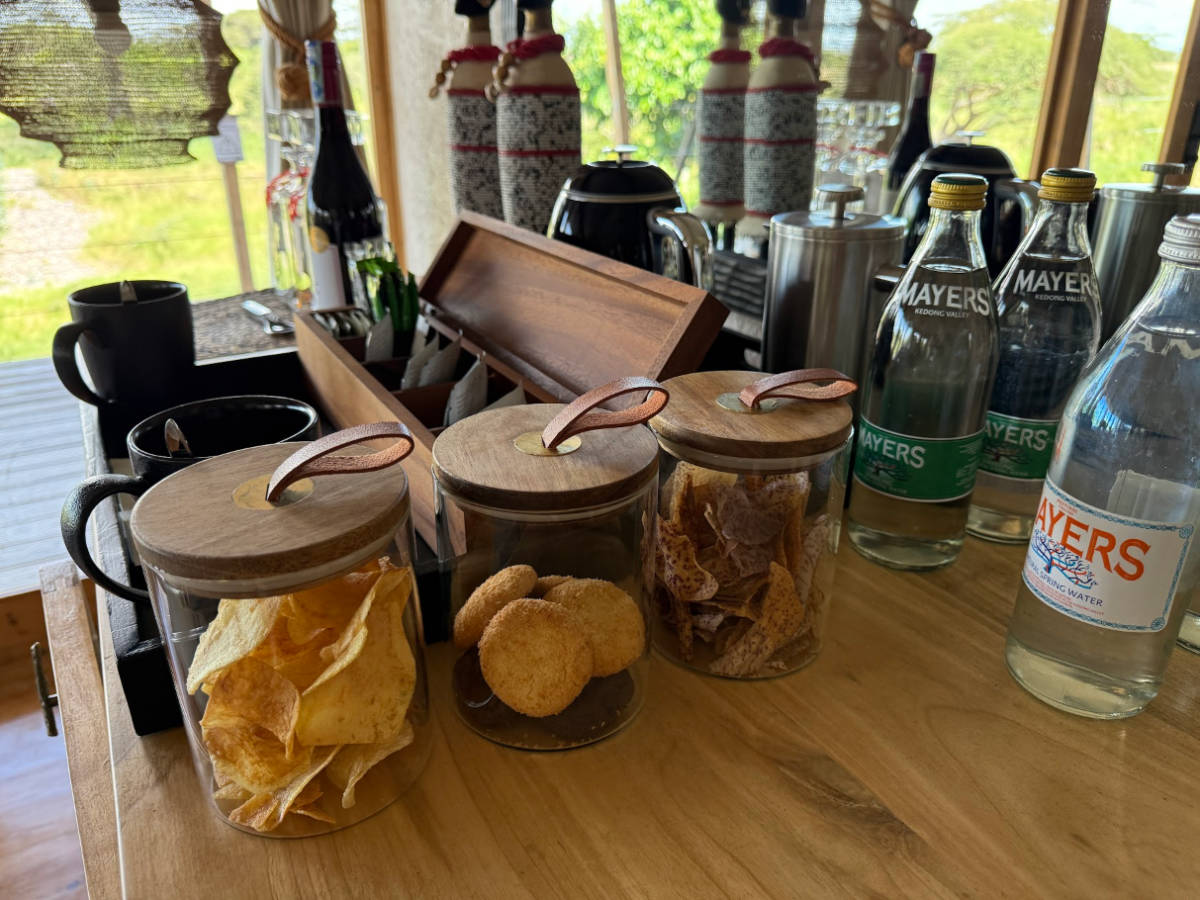
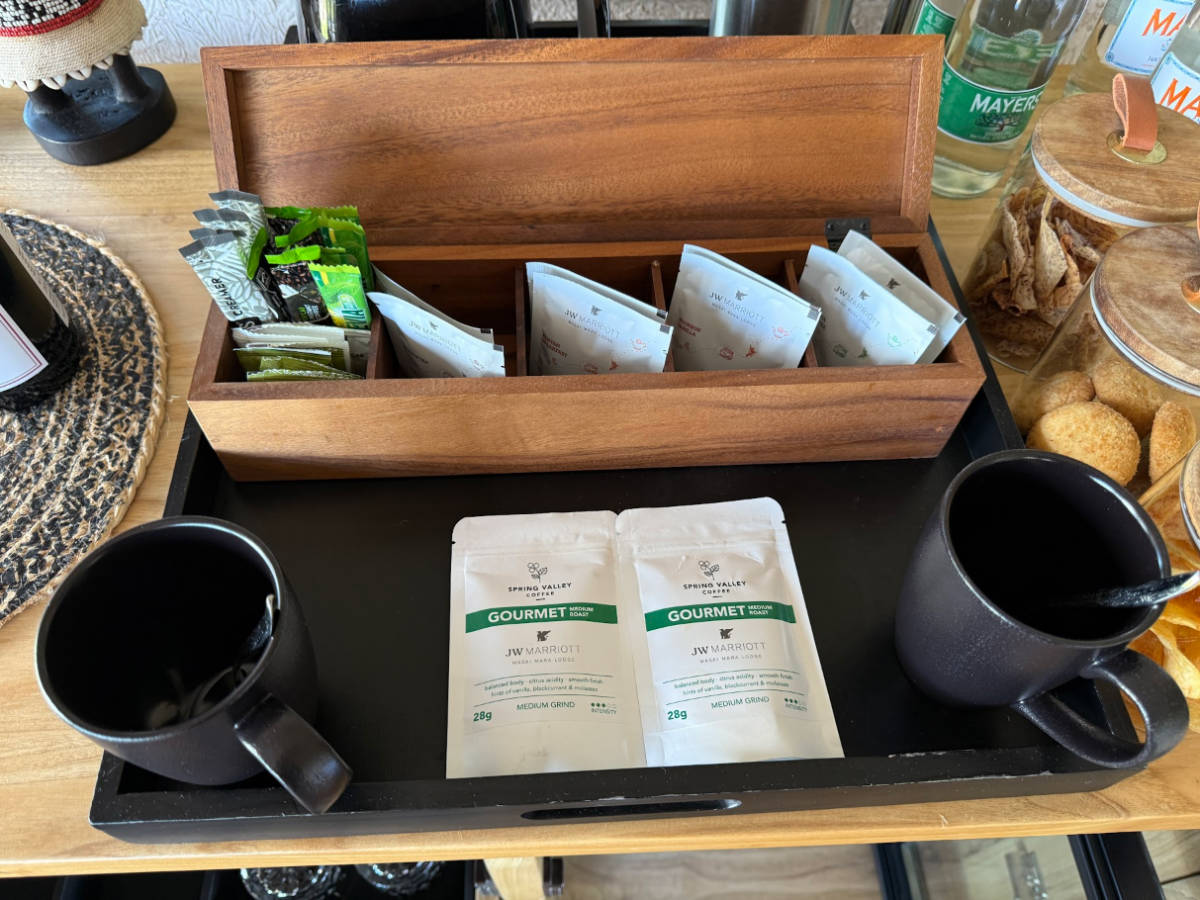
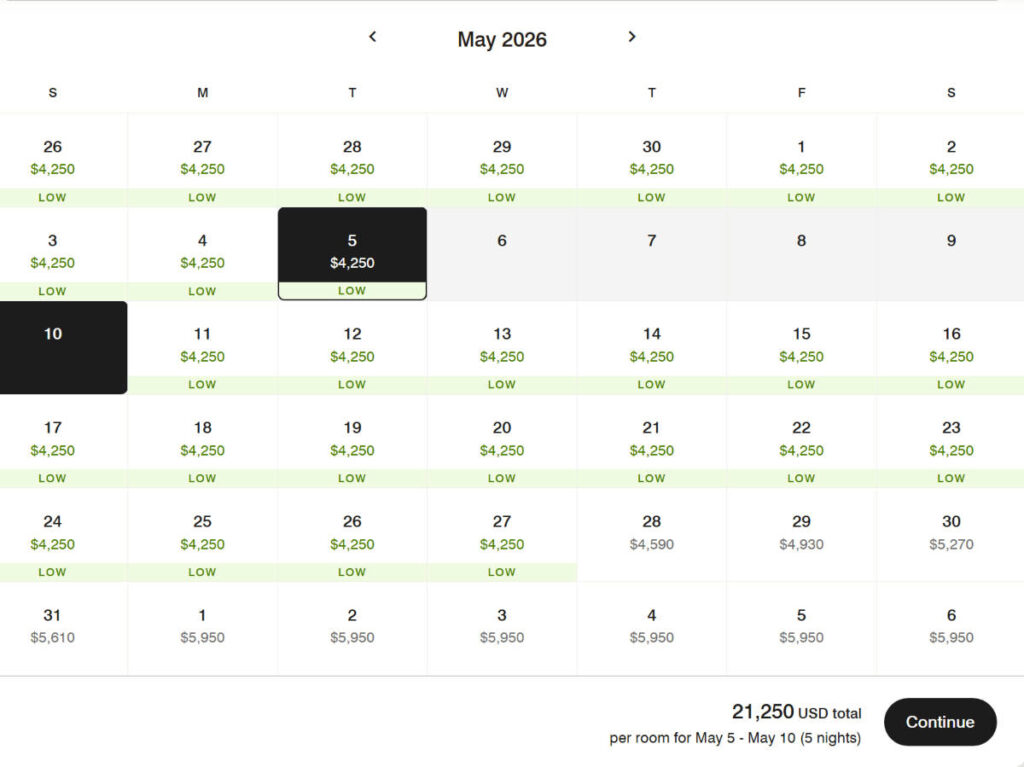
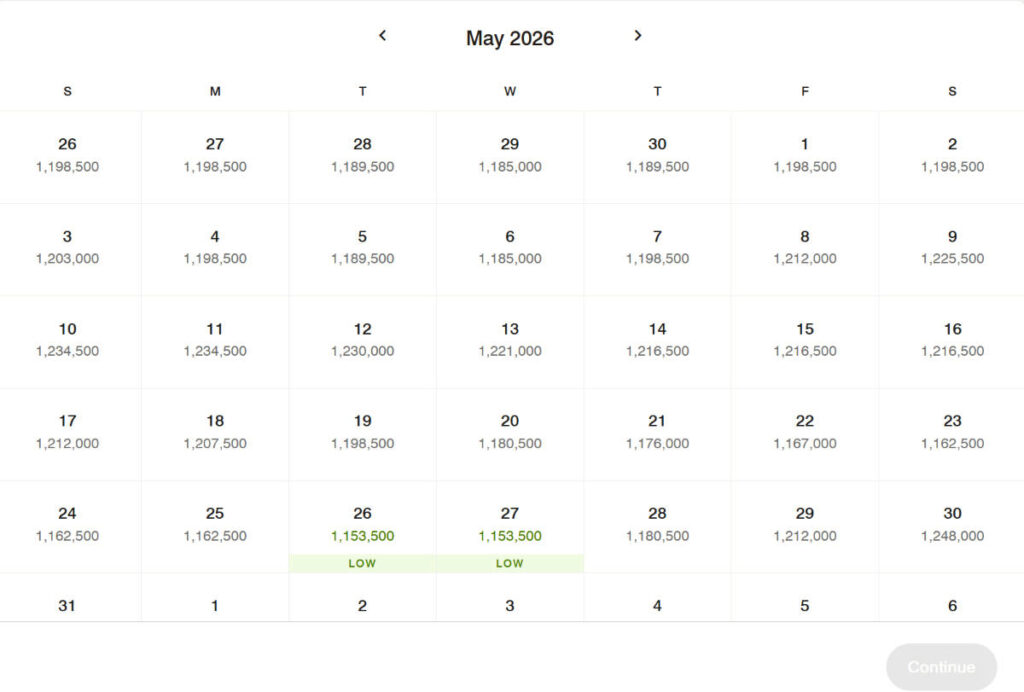
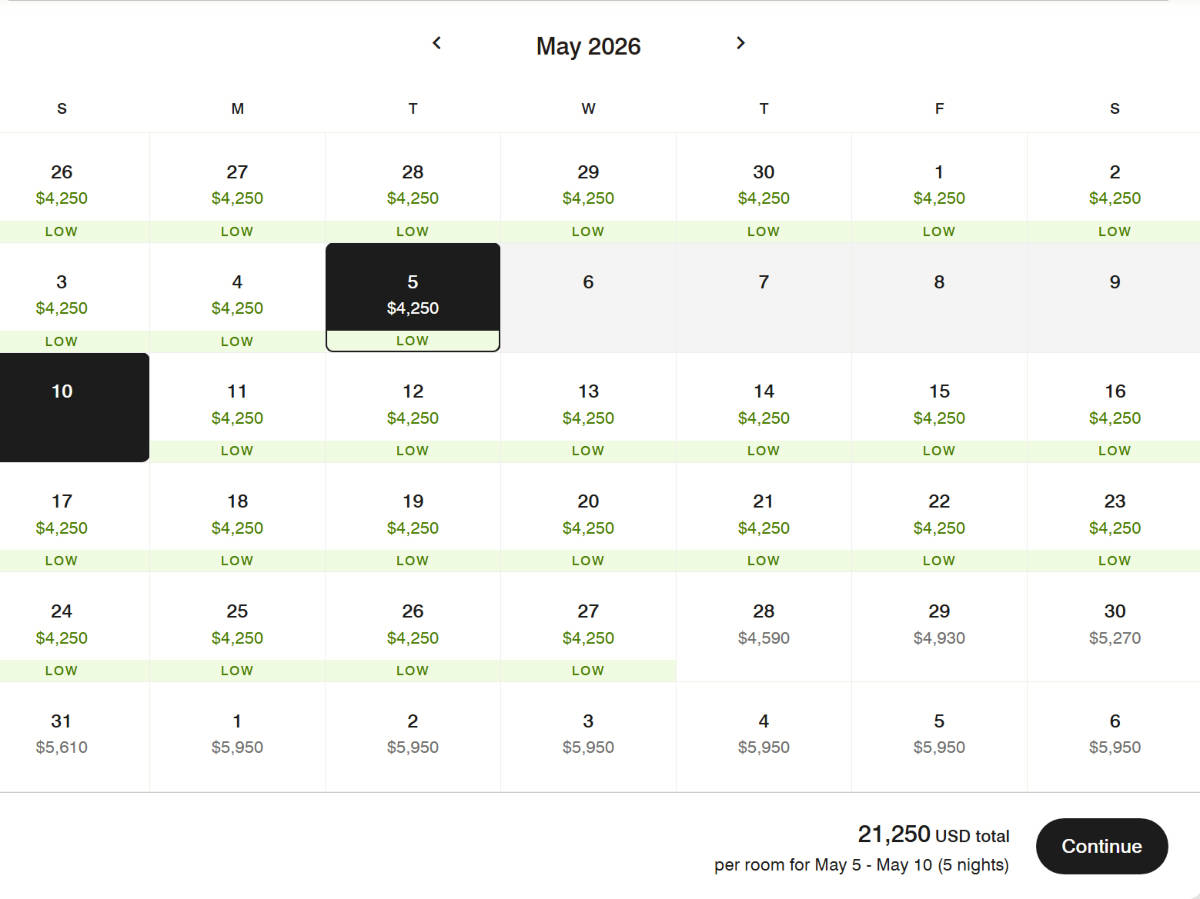
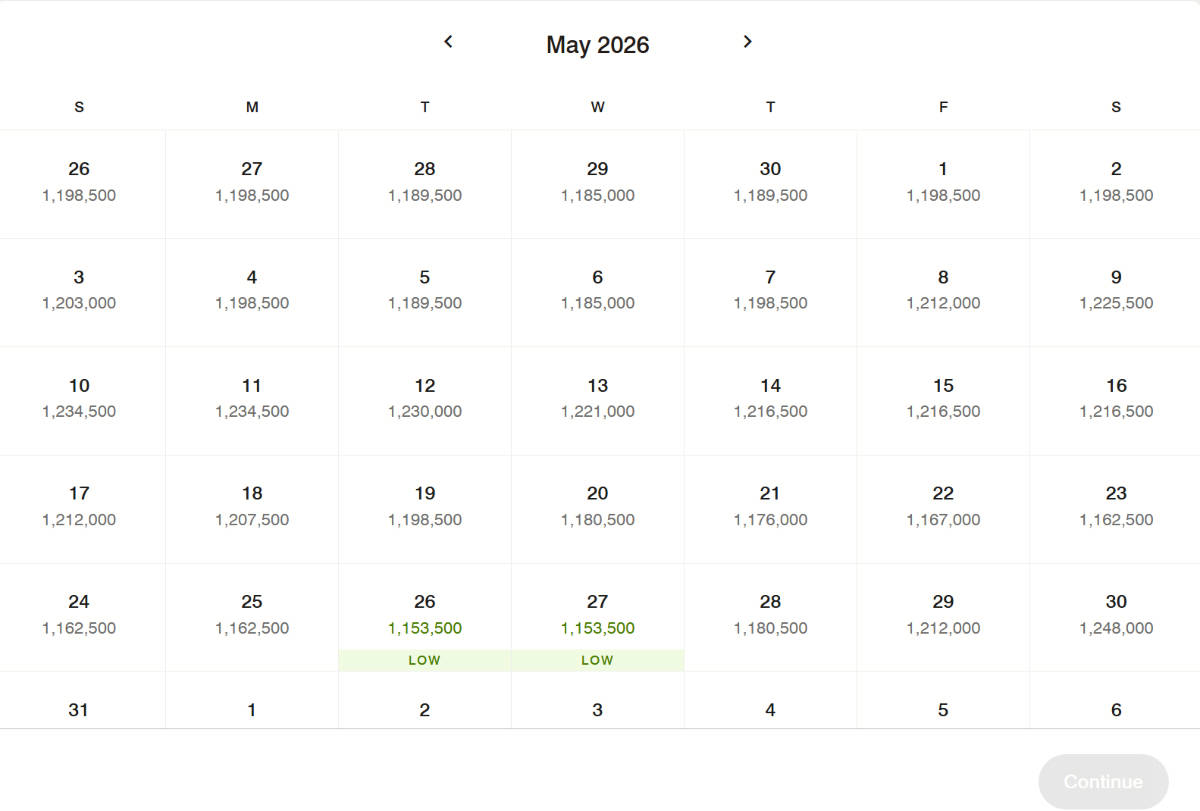





I would stay with the JW Marriott. It looks amazing. I cant imagine that the Ritz would be that much better to spend all the extra points. Thanks for the review – it was amazing to read about!
Thank you Nikki! And, yes, hard to imagine how they can top the JW Marriott experience! Thanks for taking the time to read all that 🙂